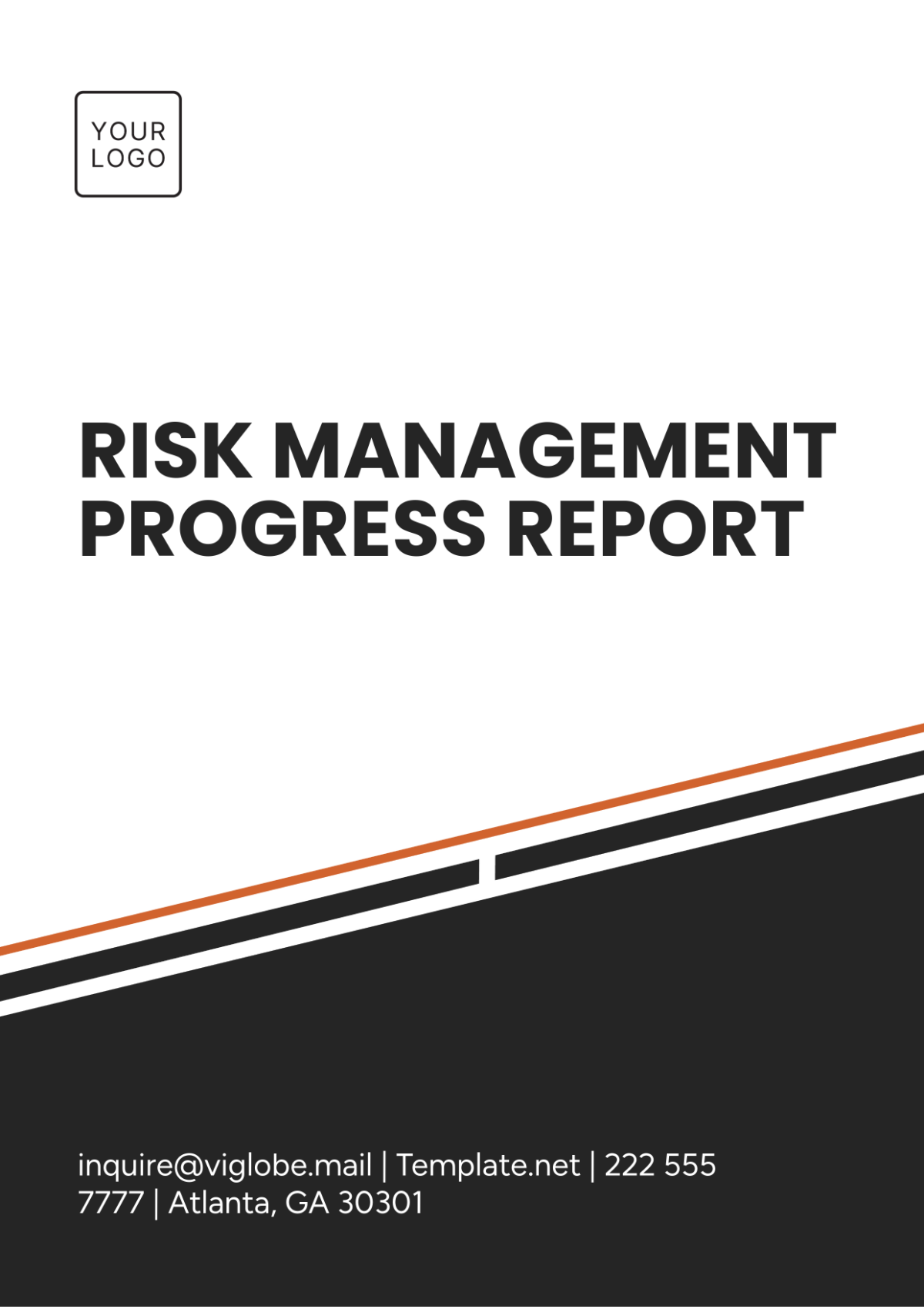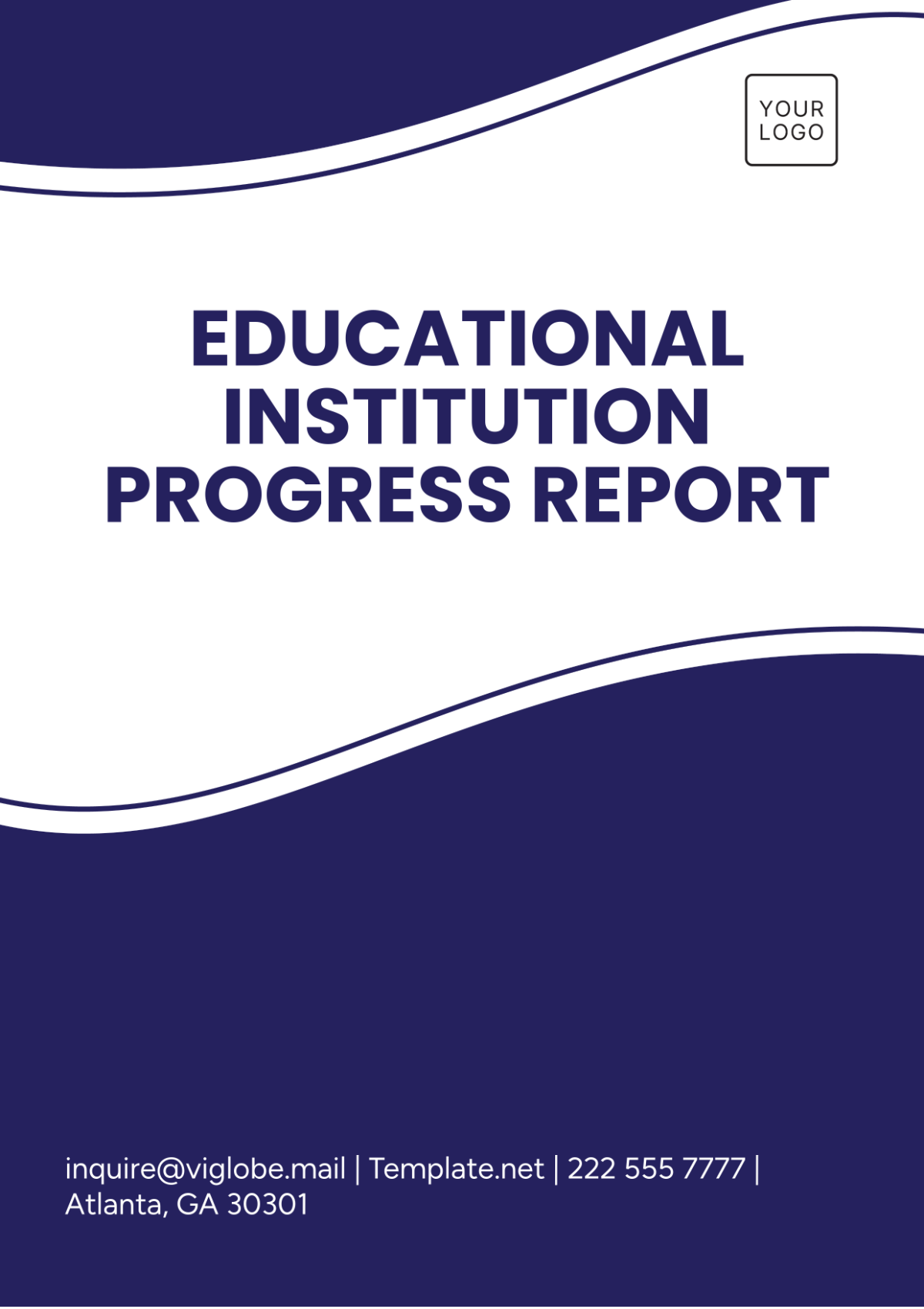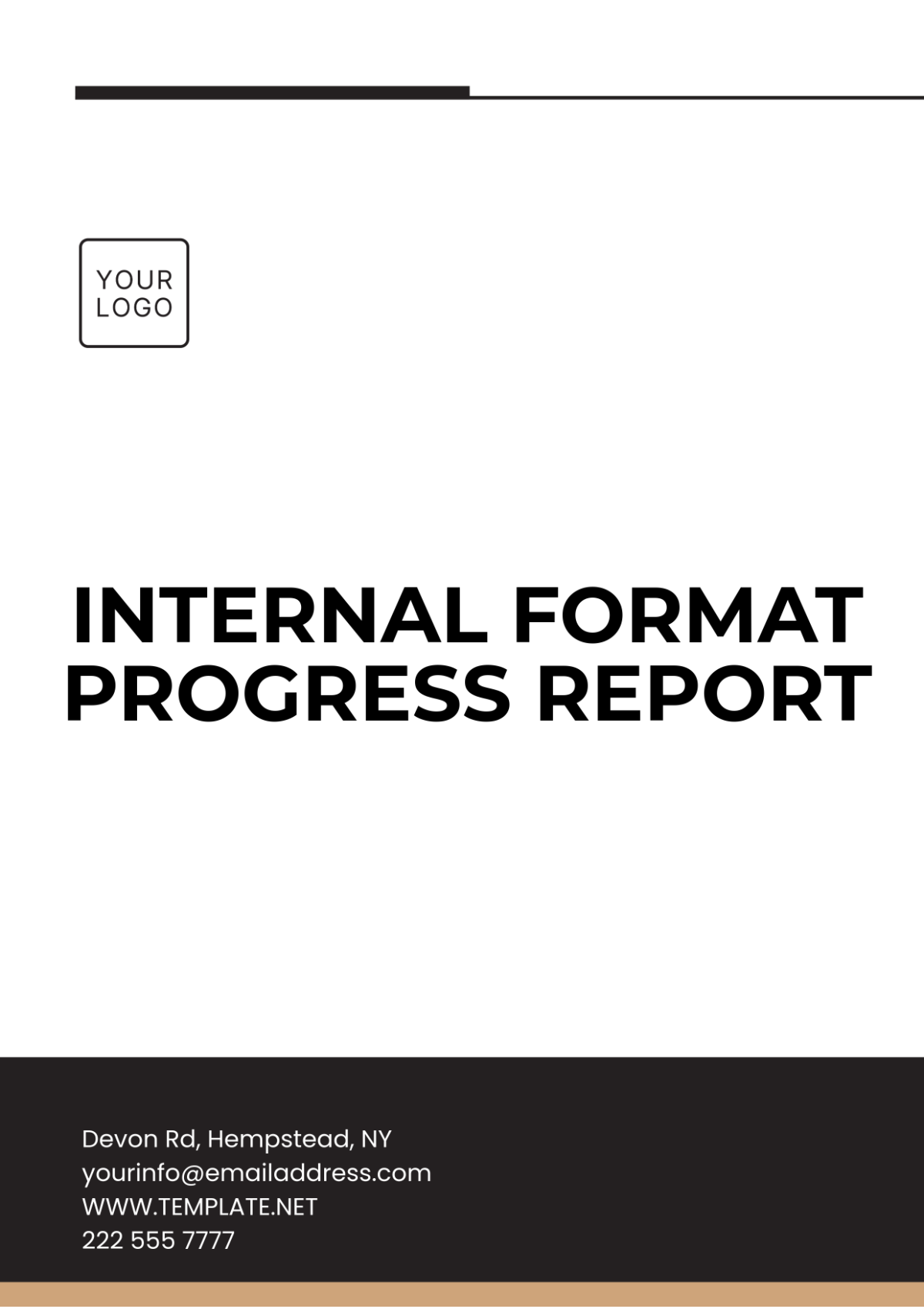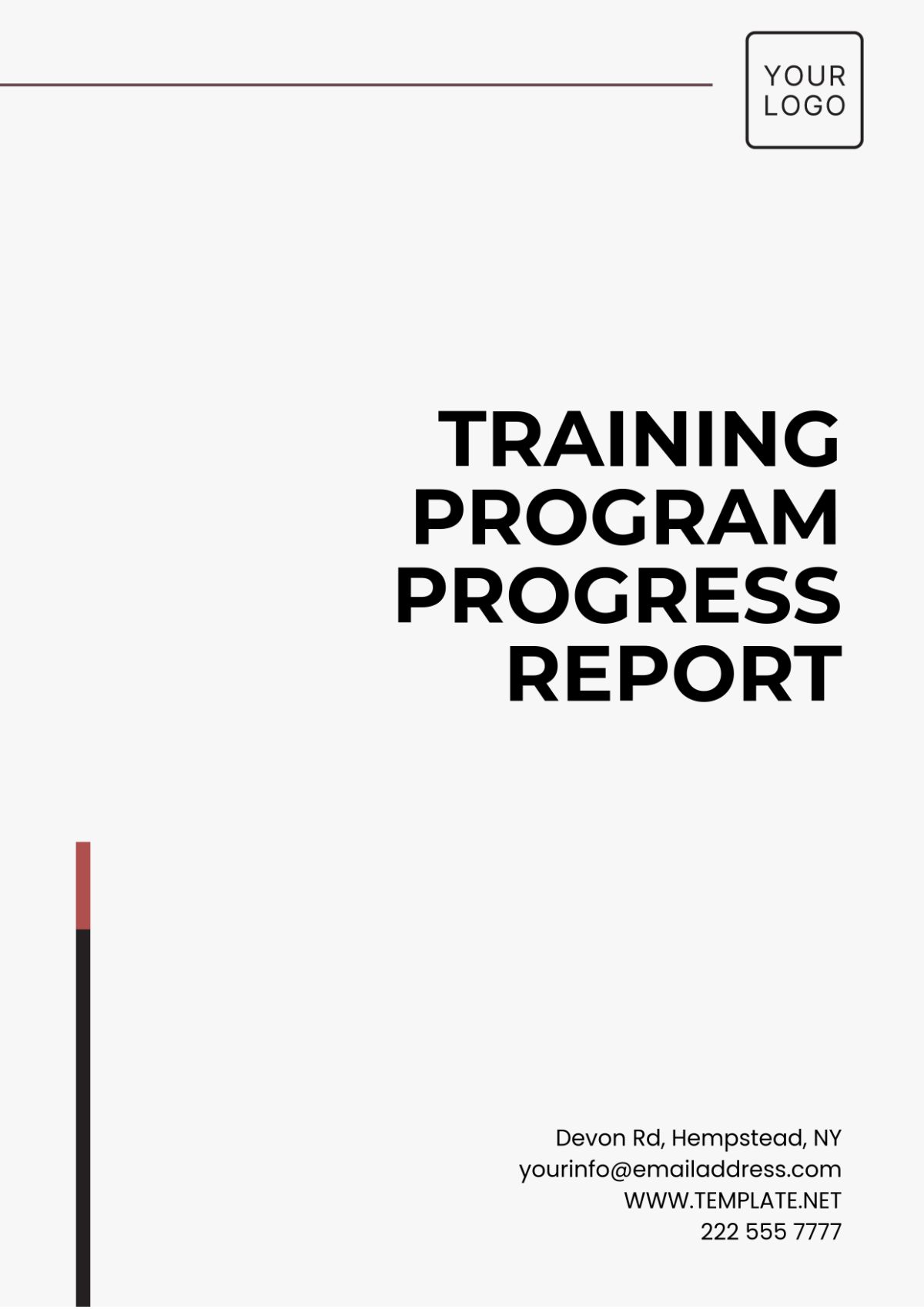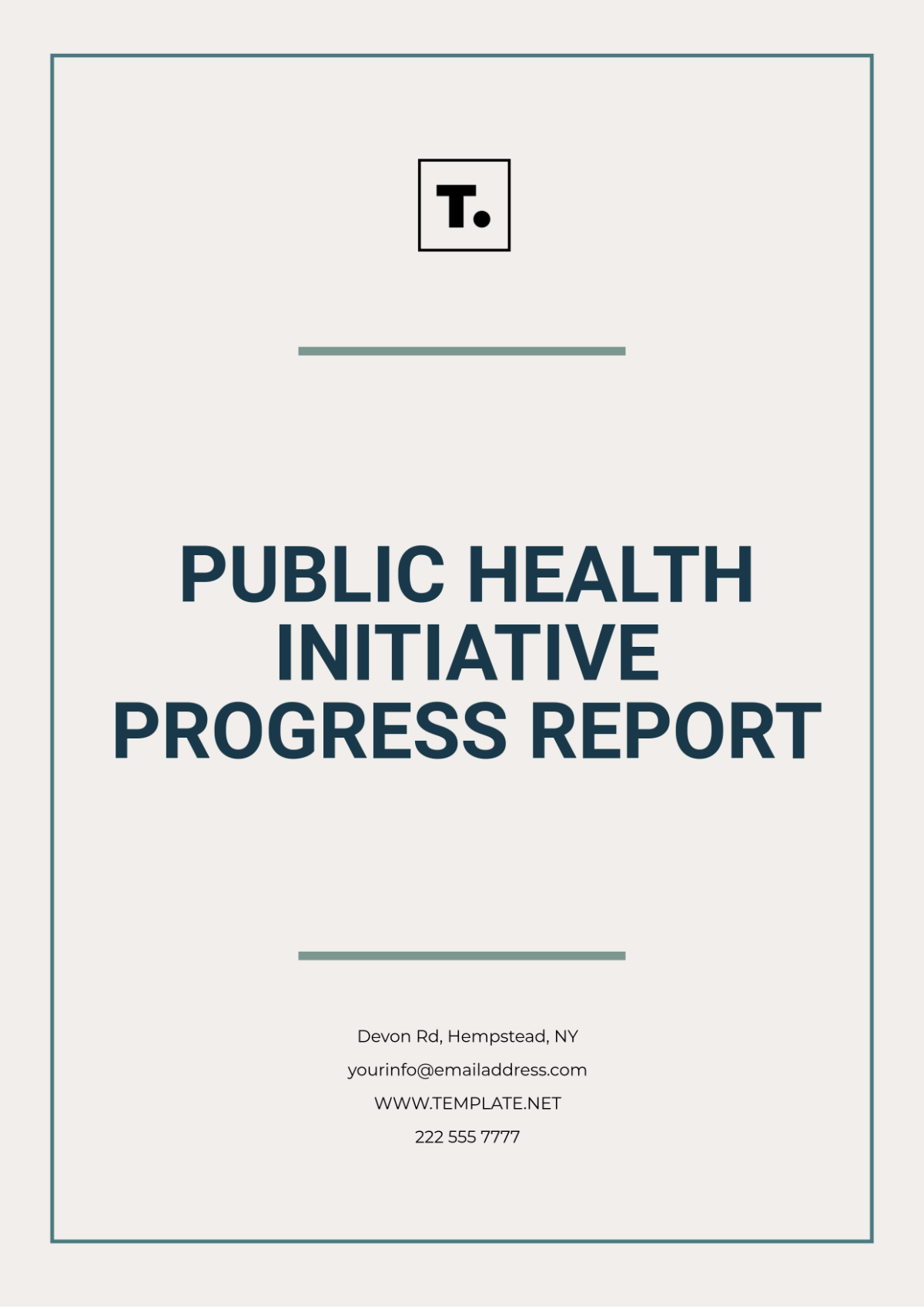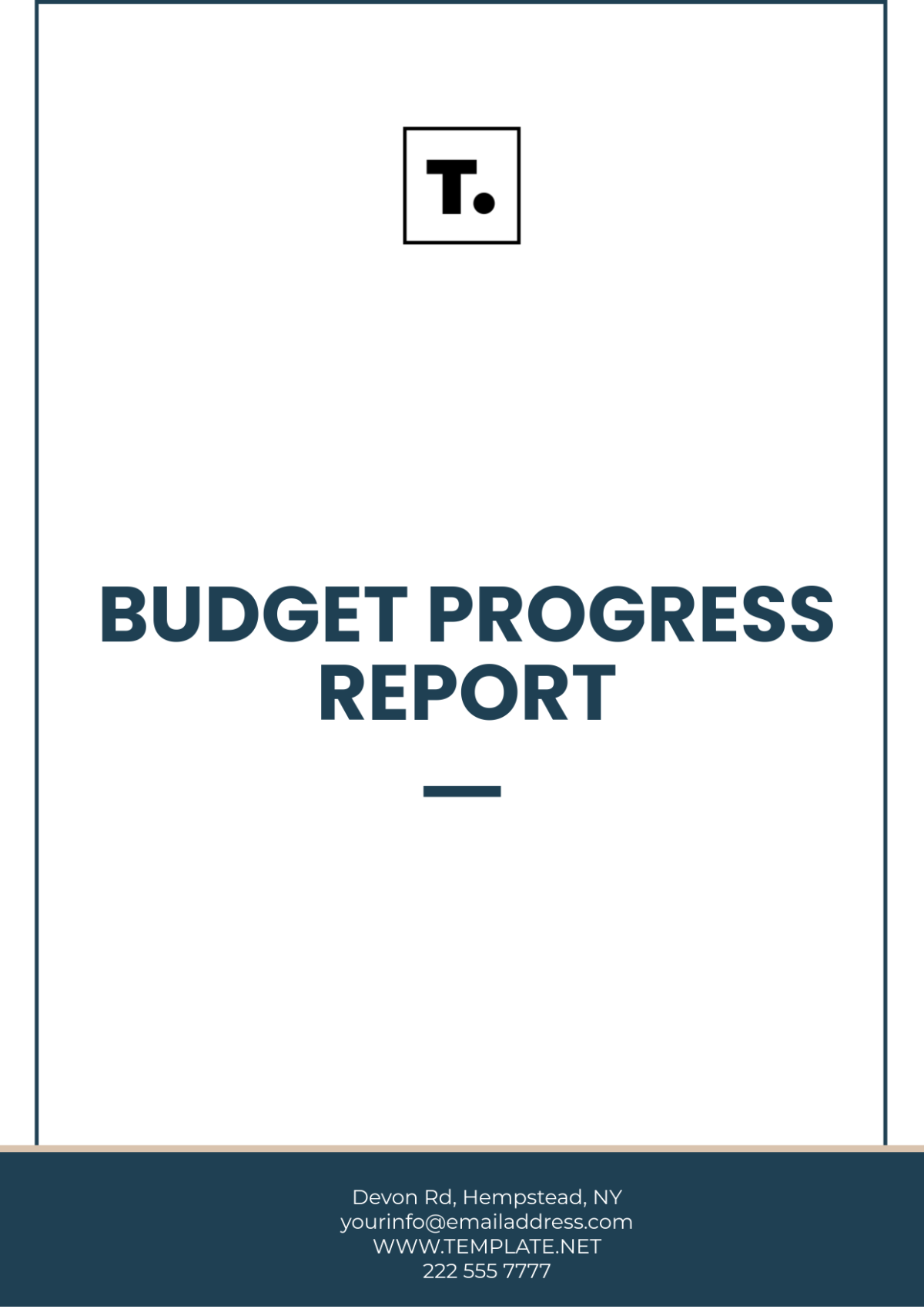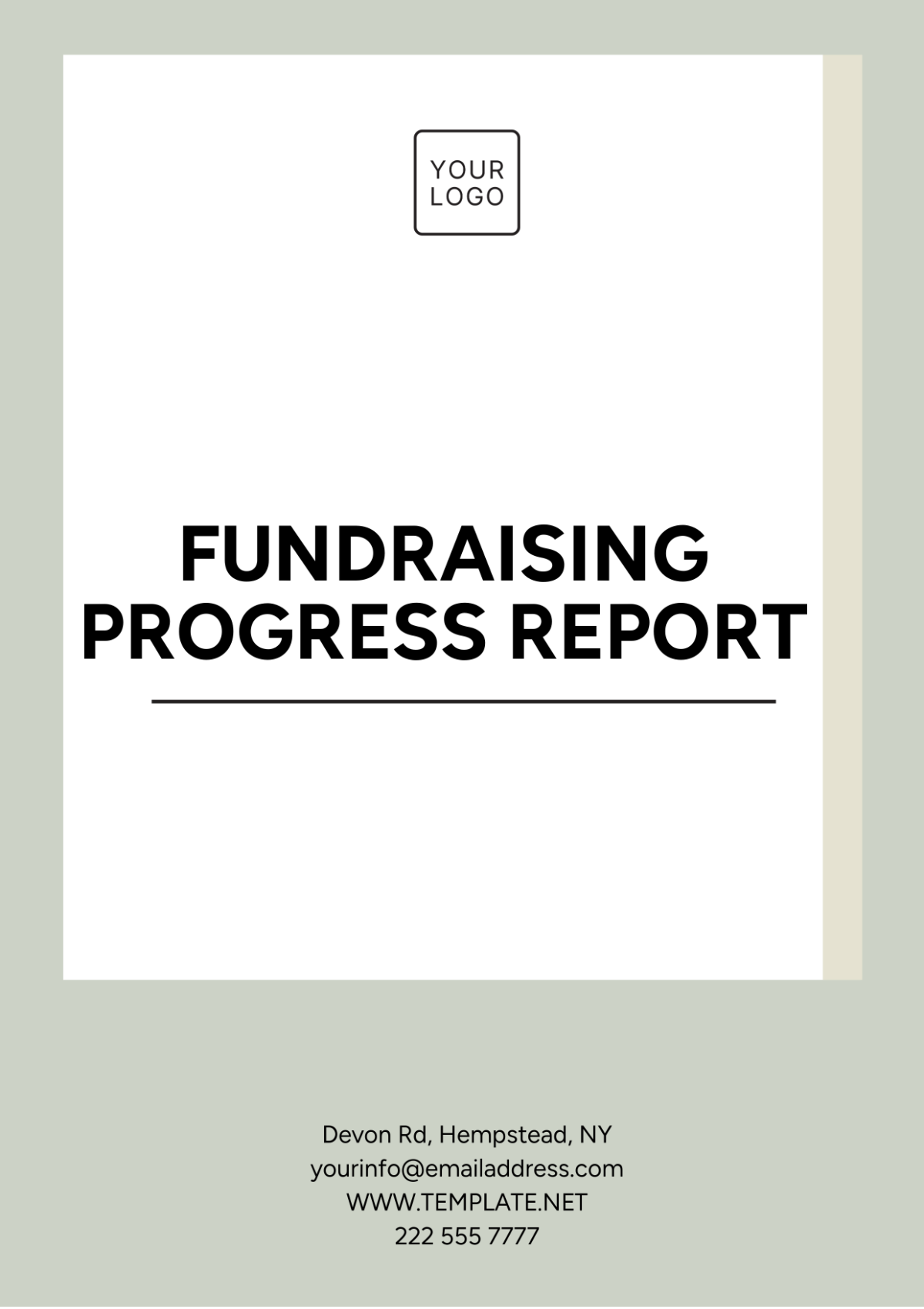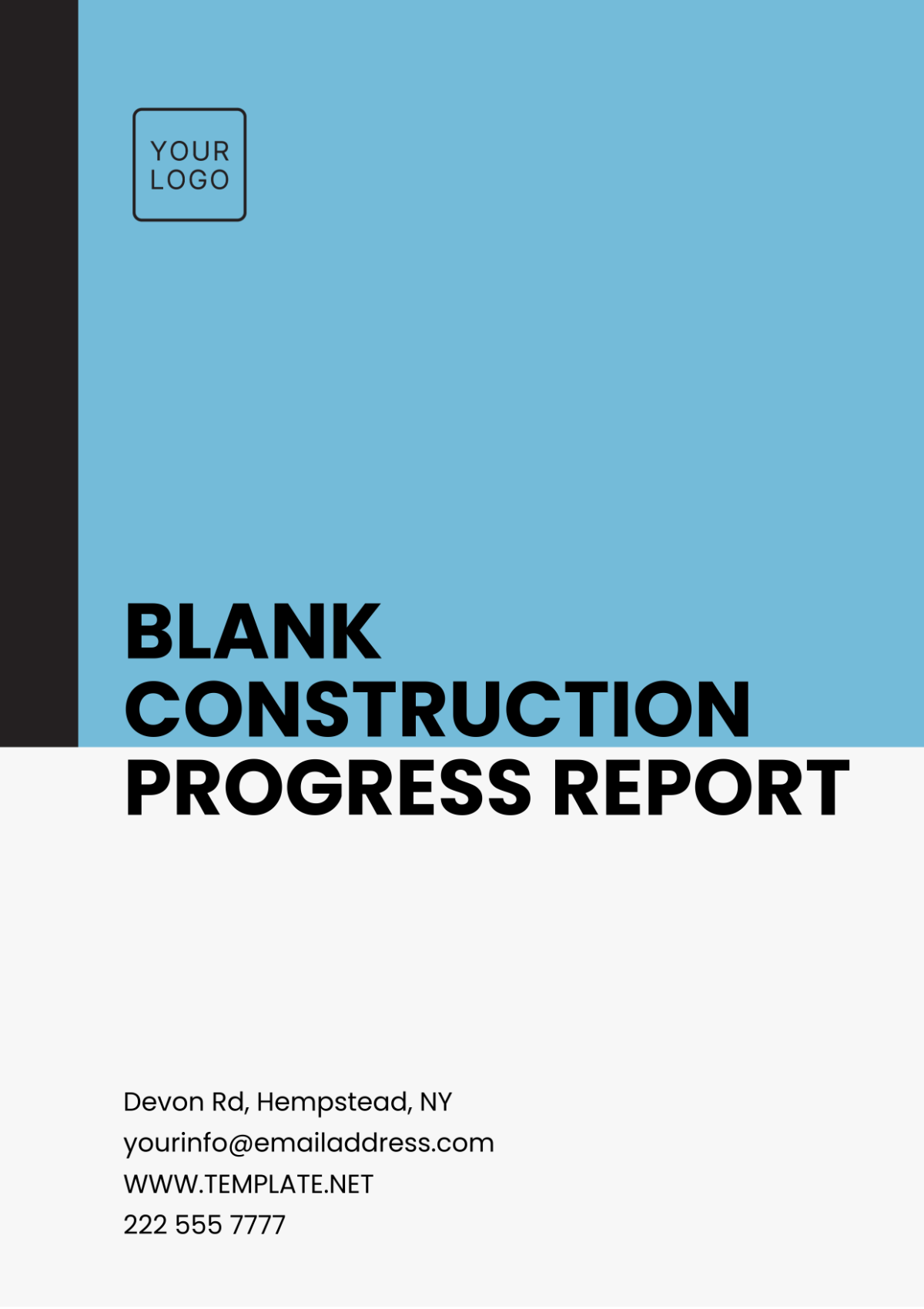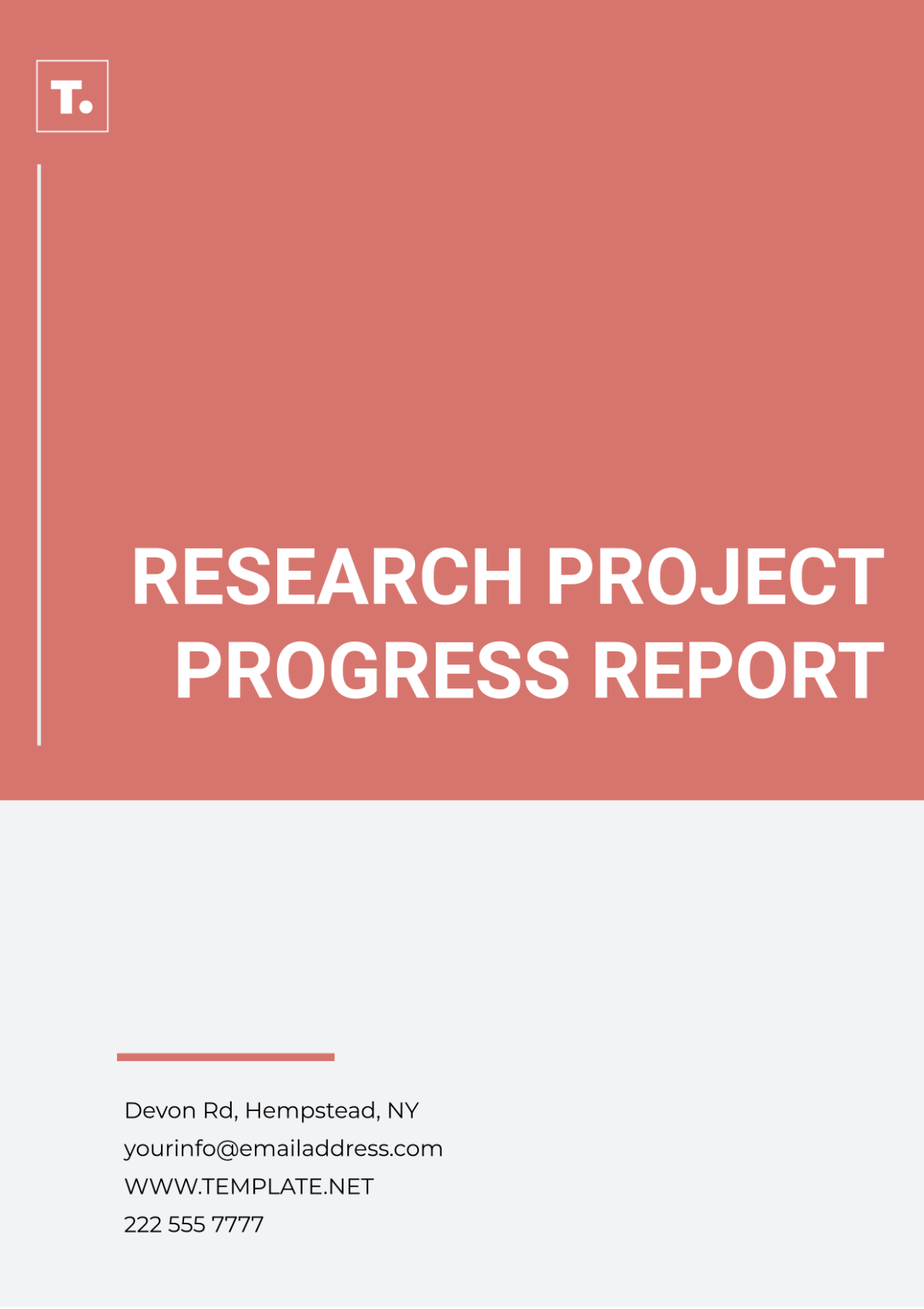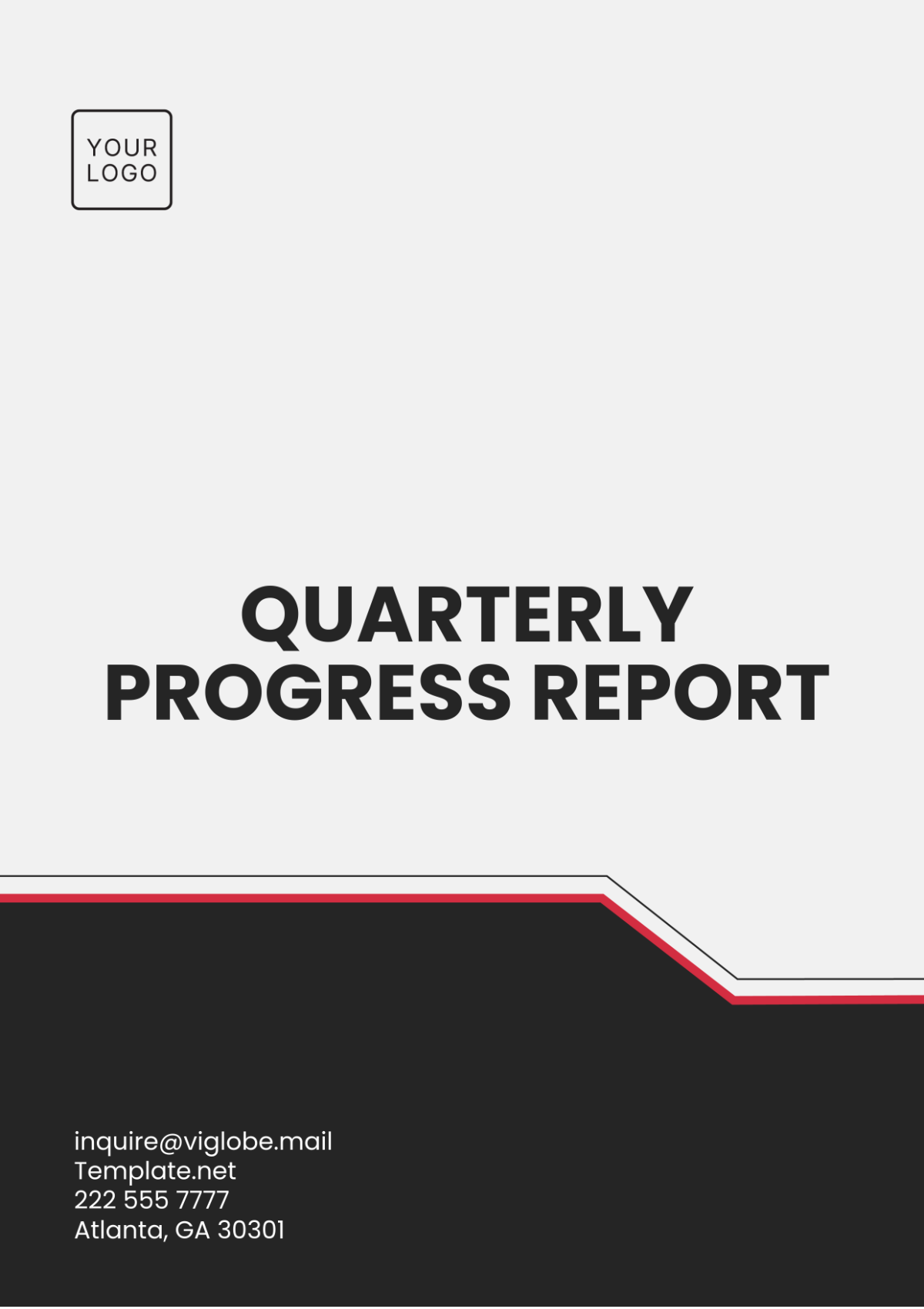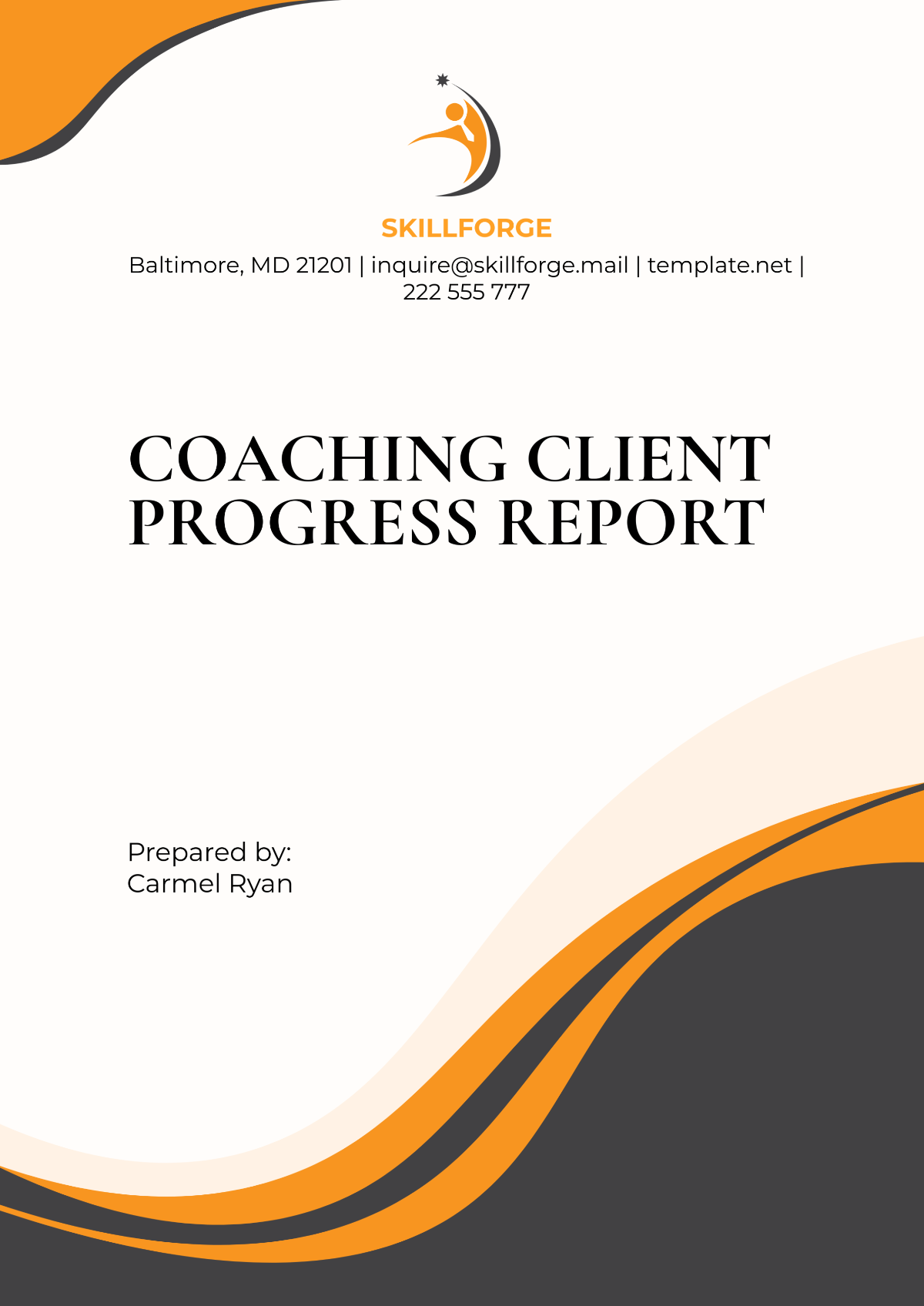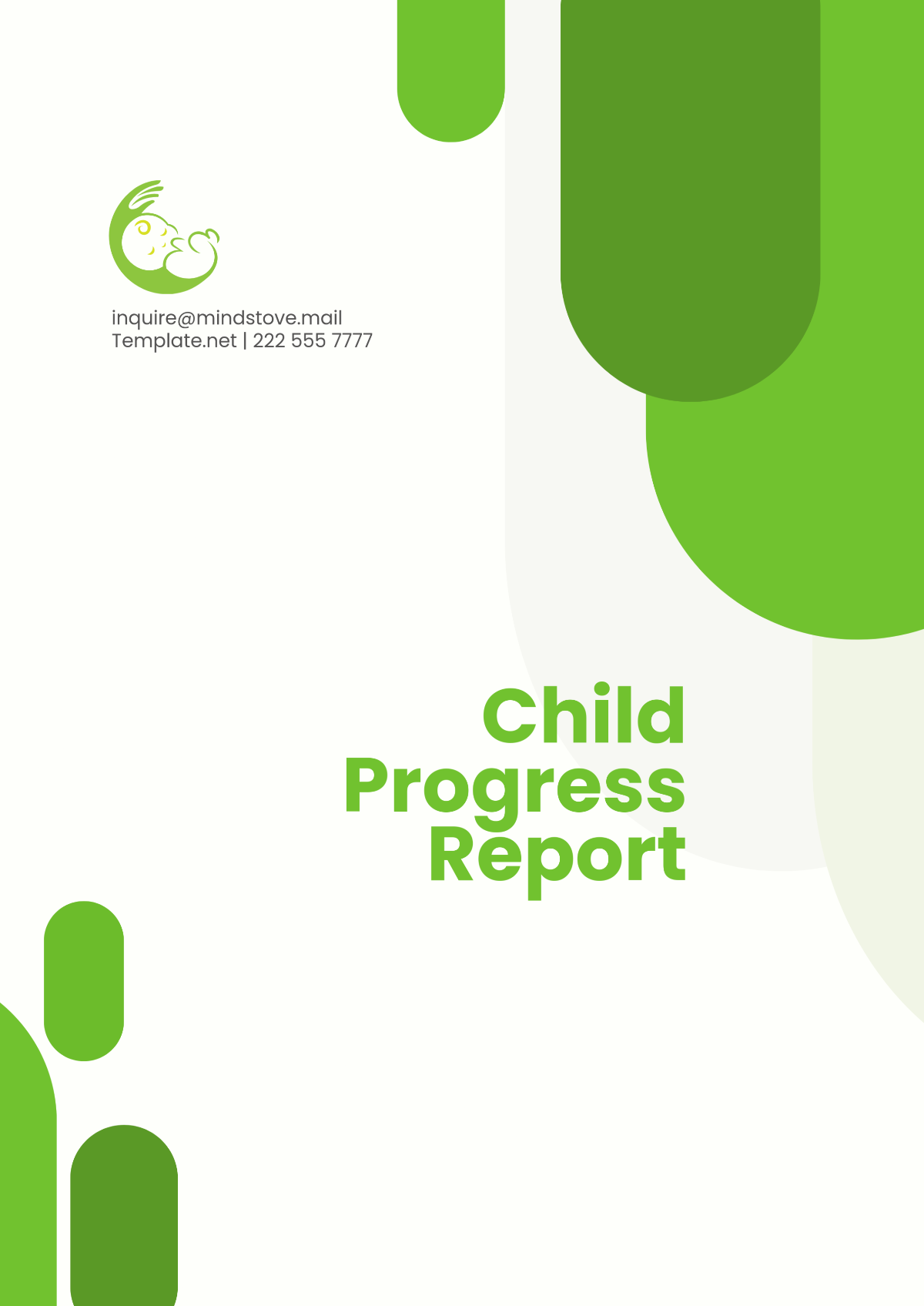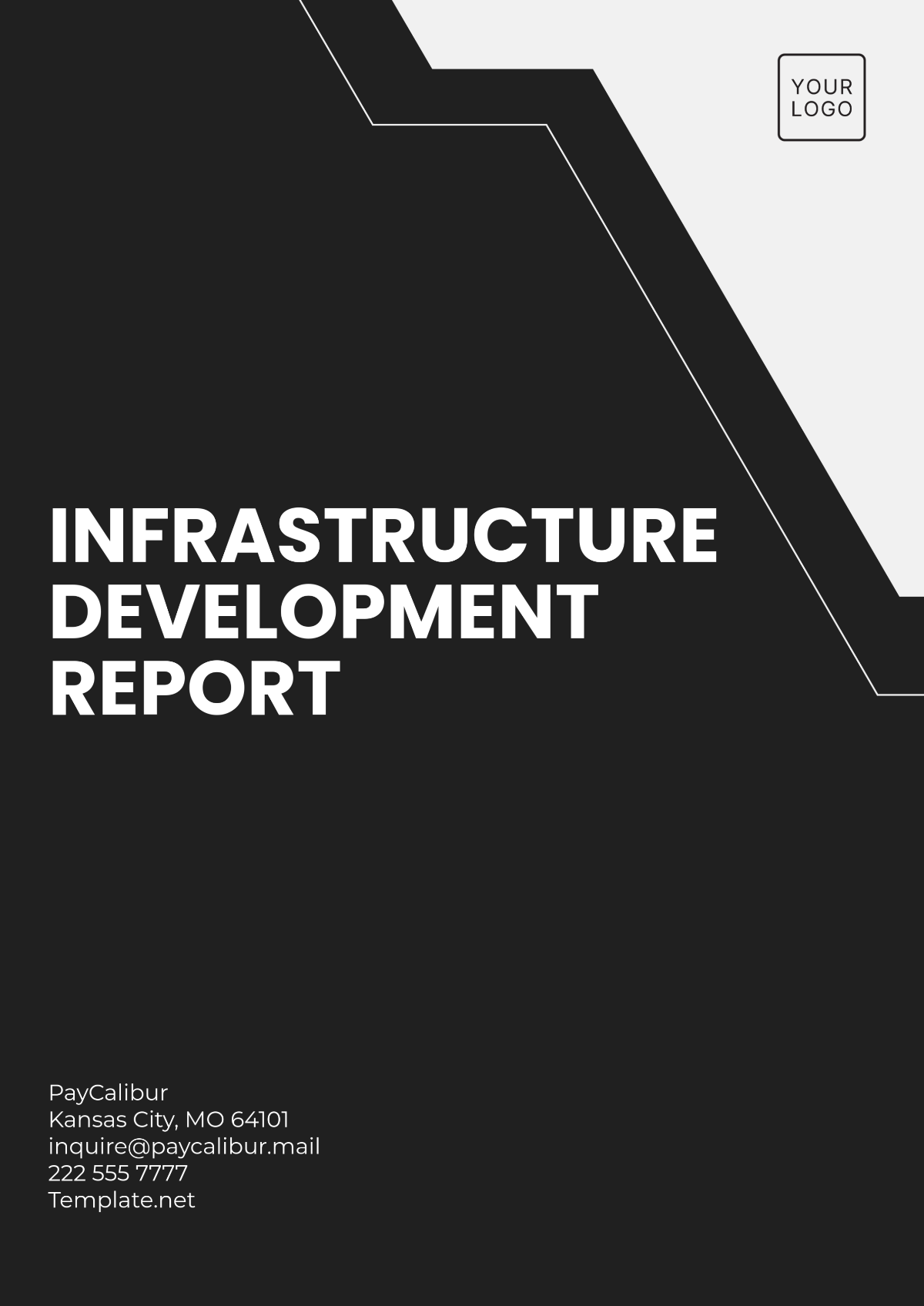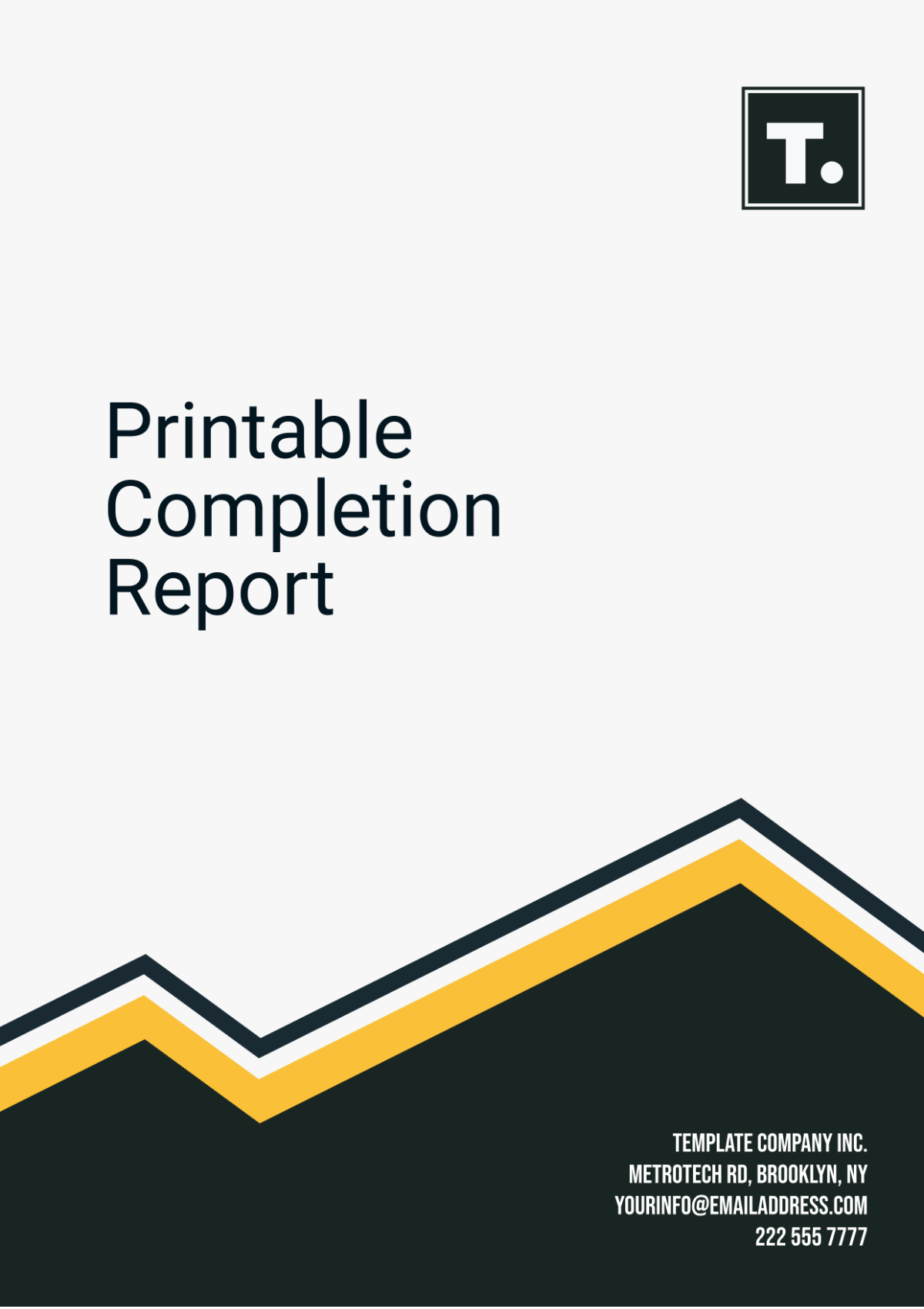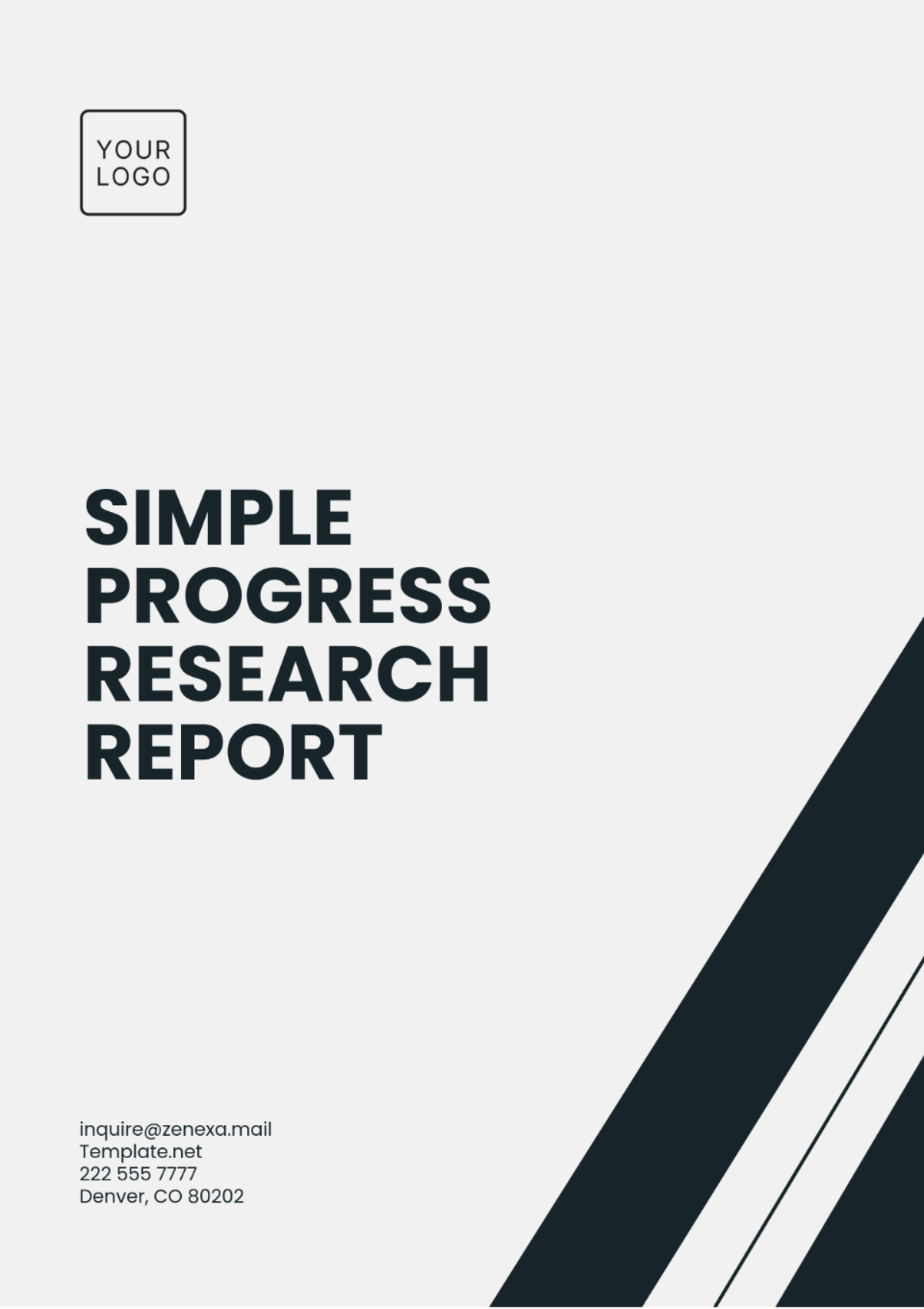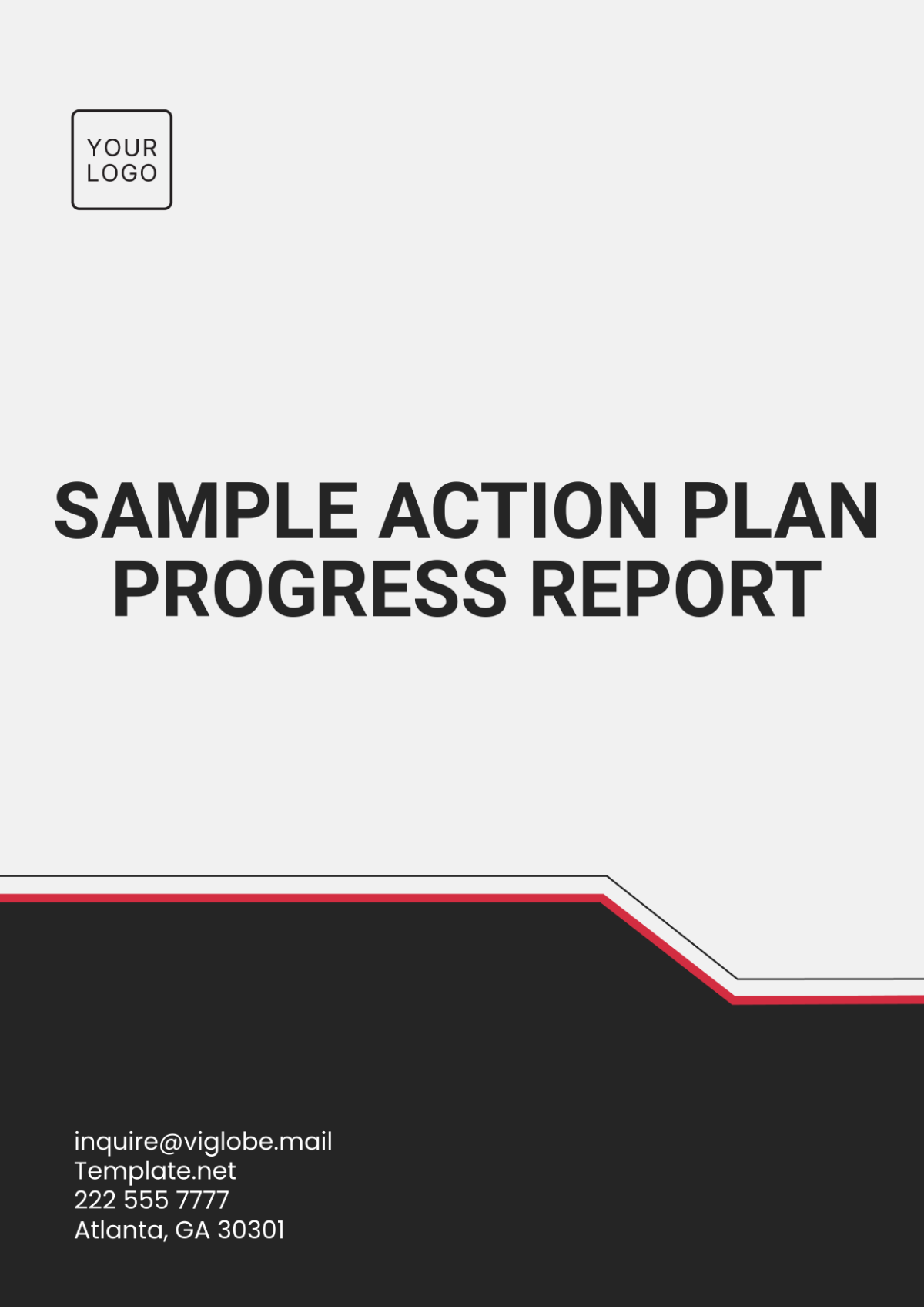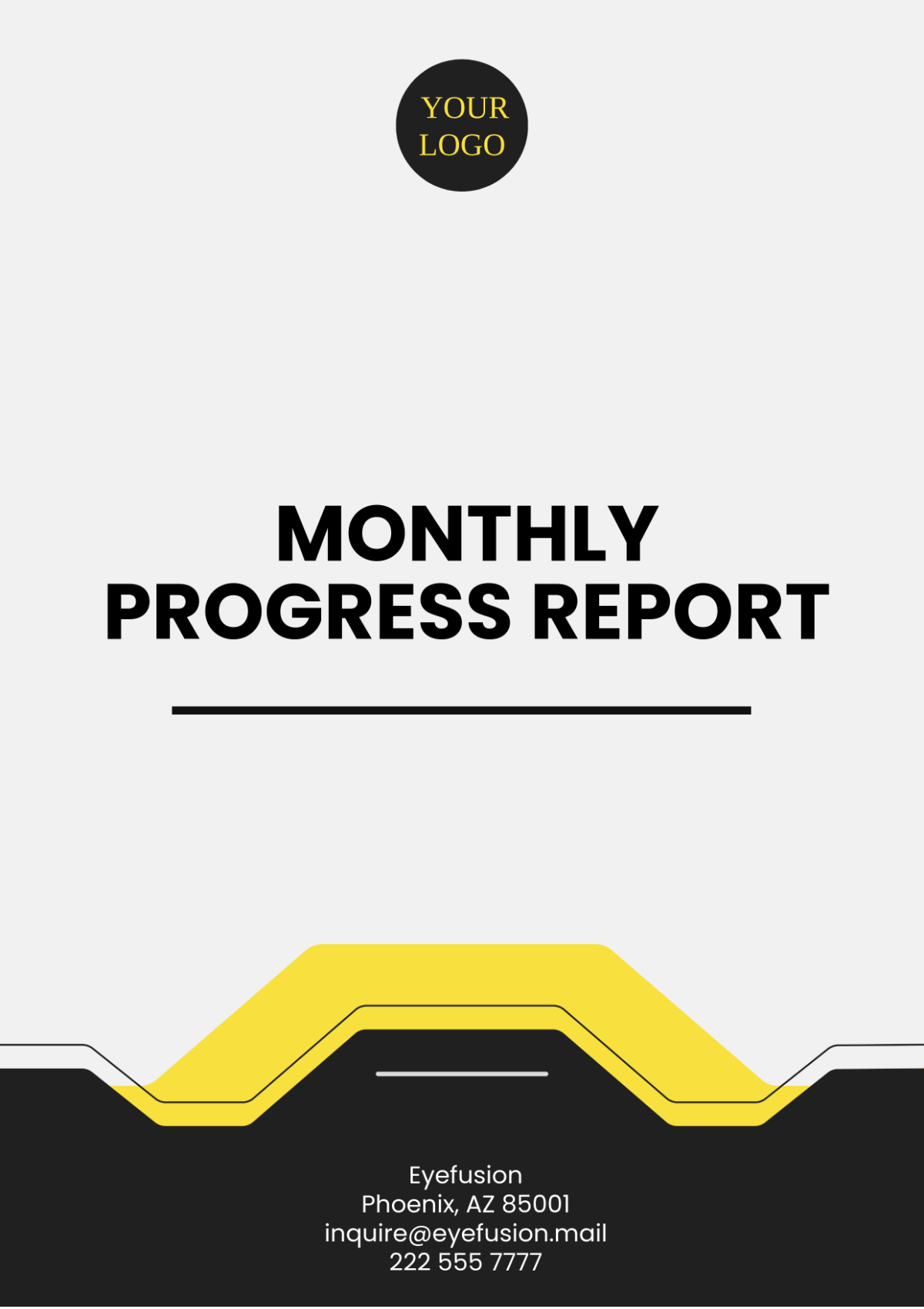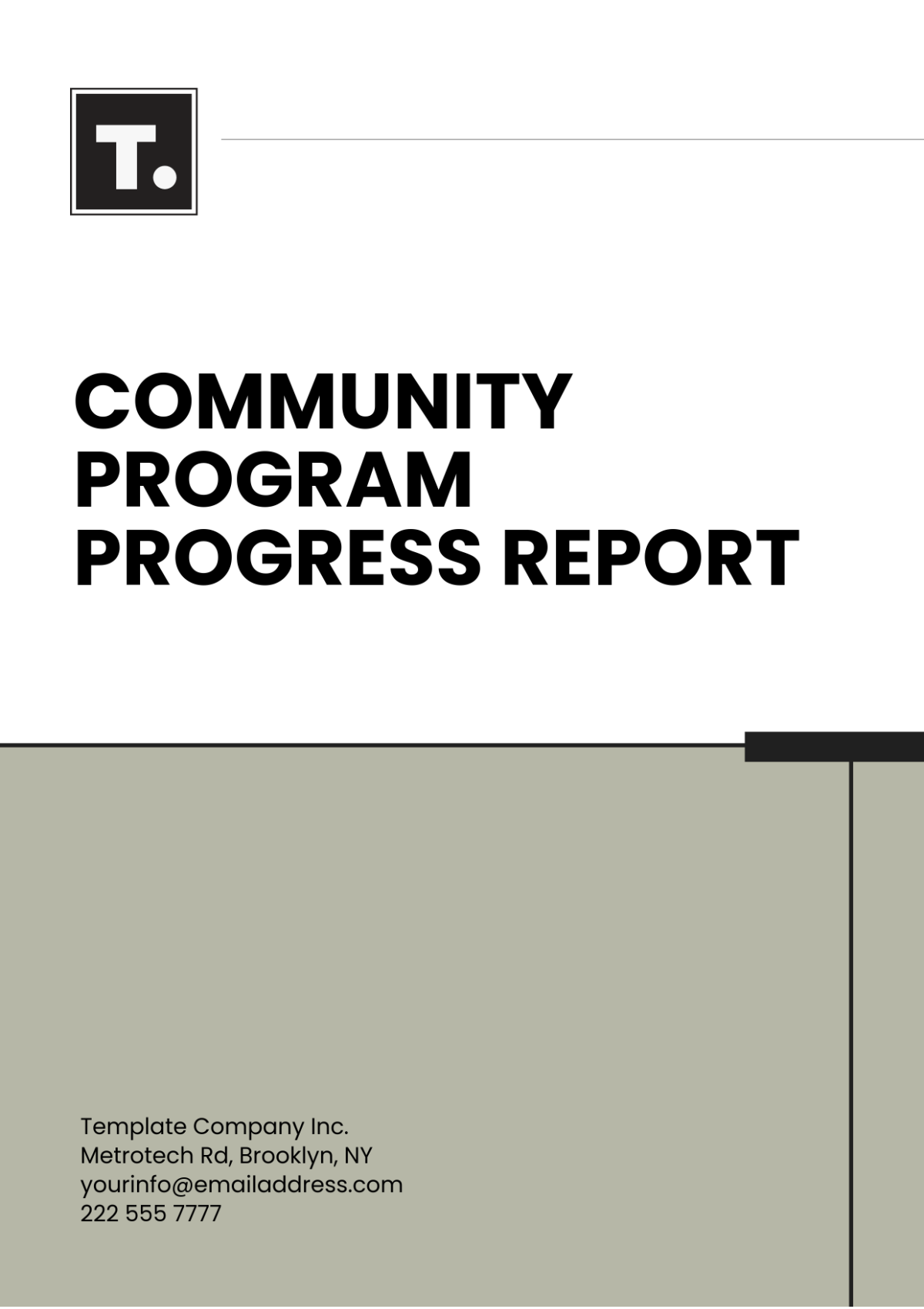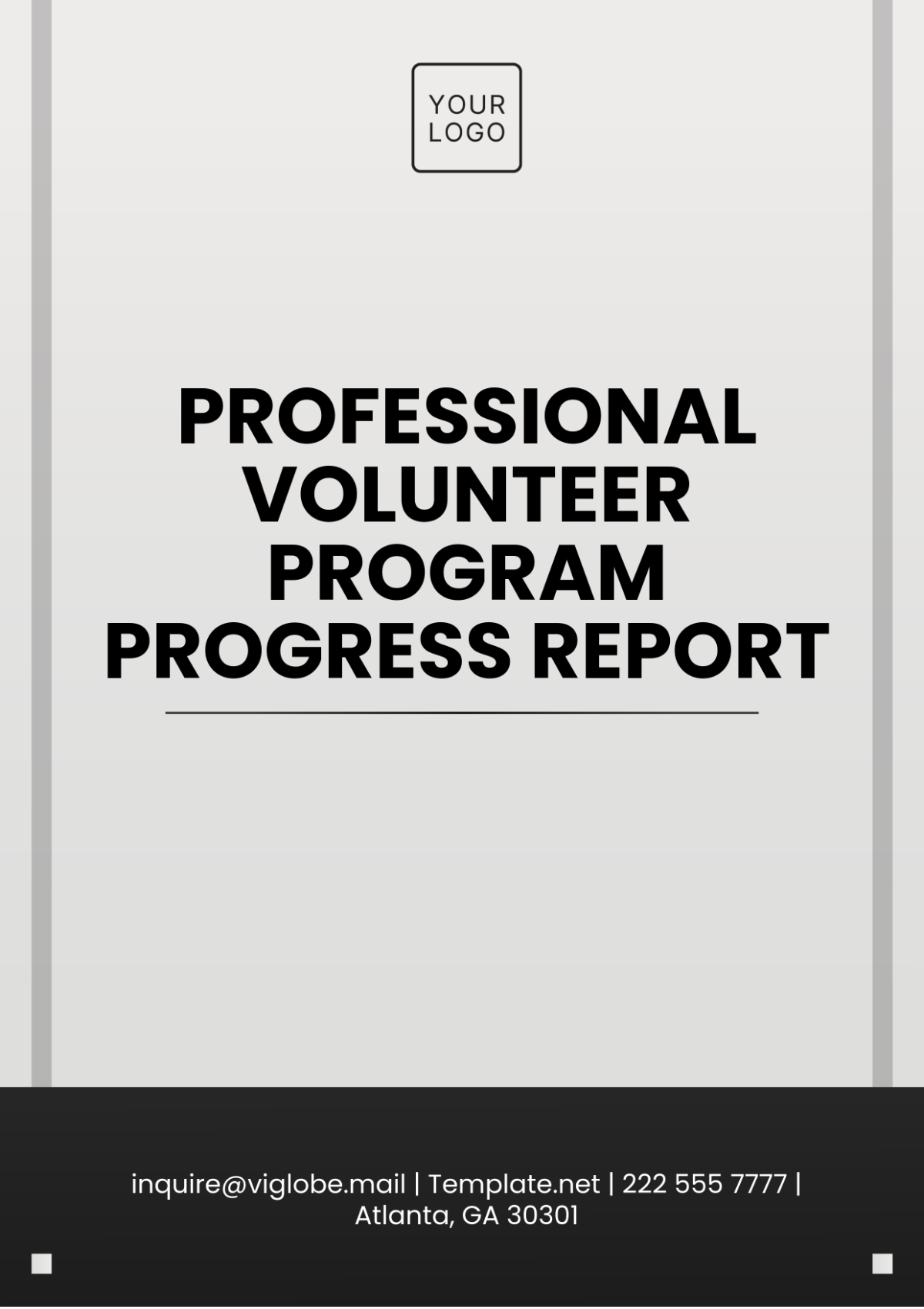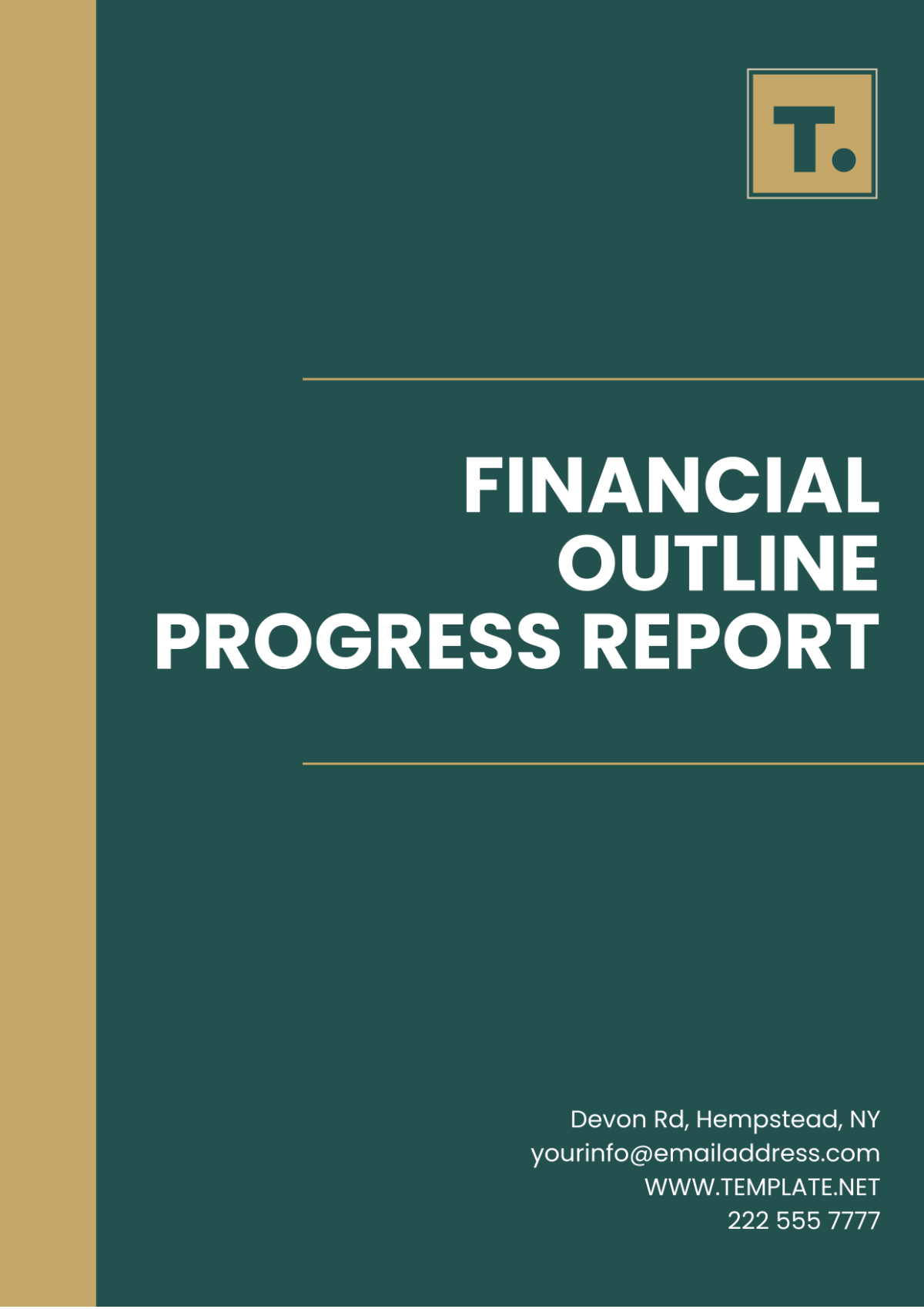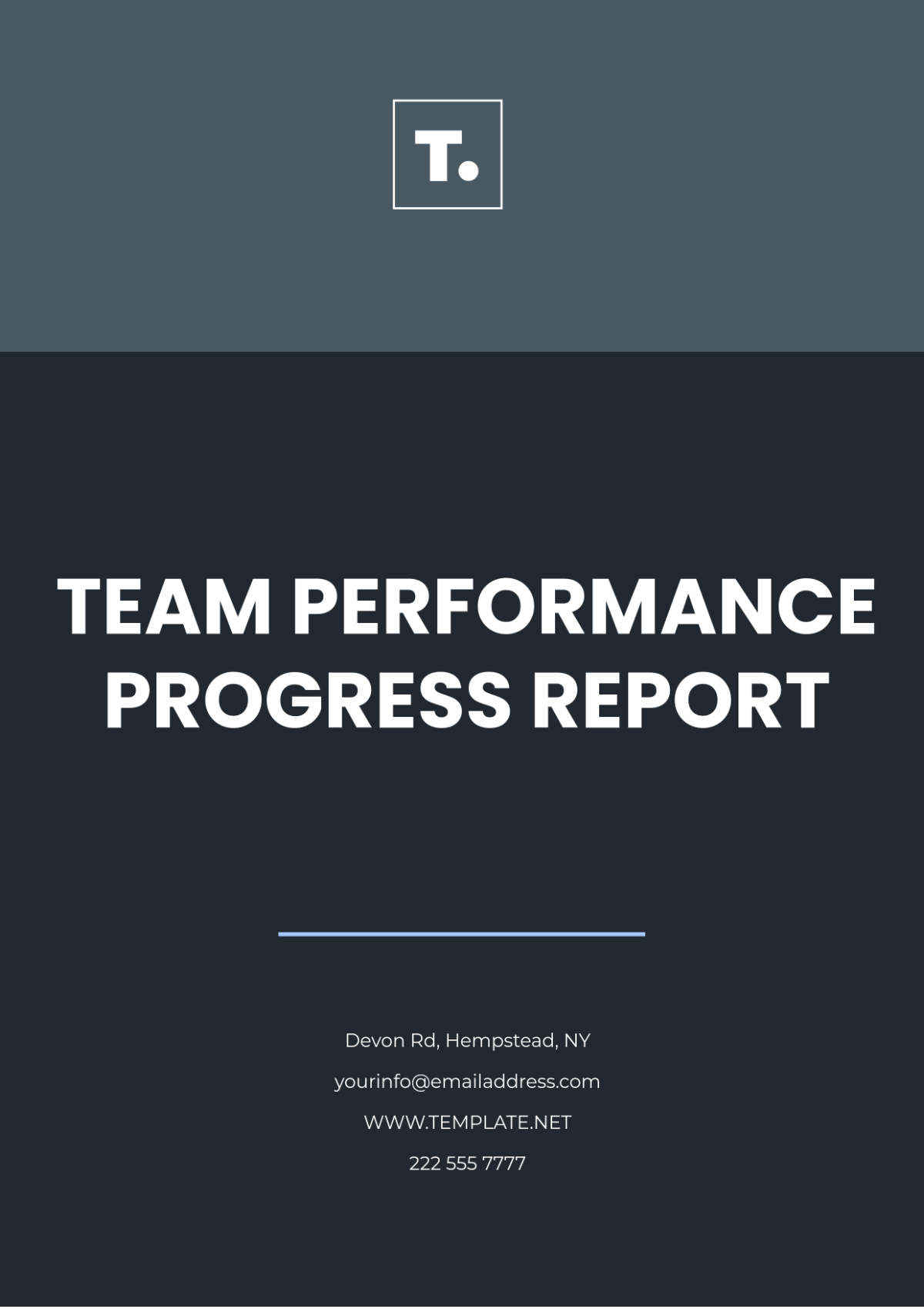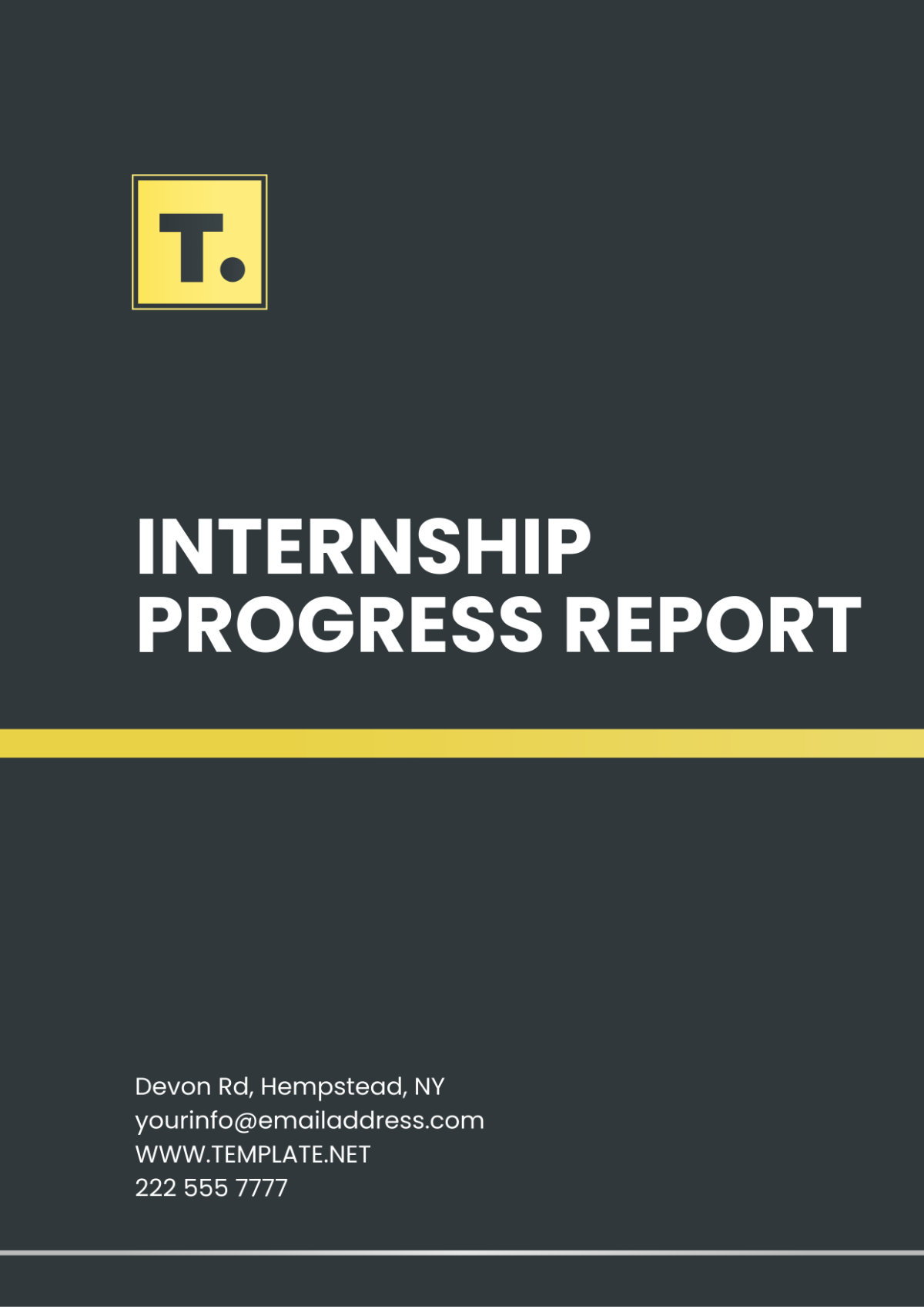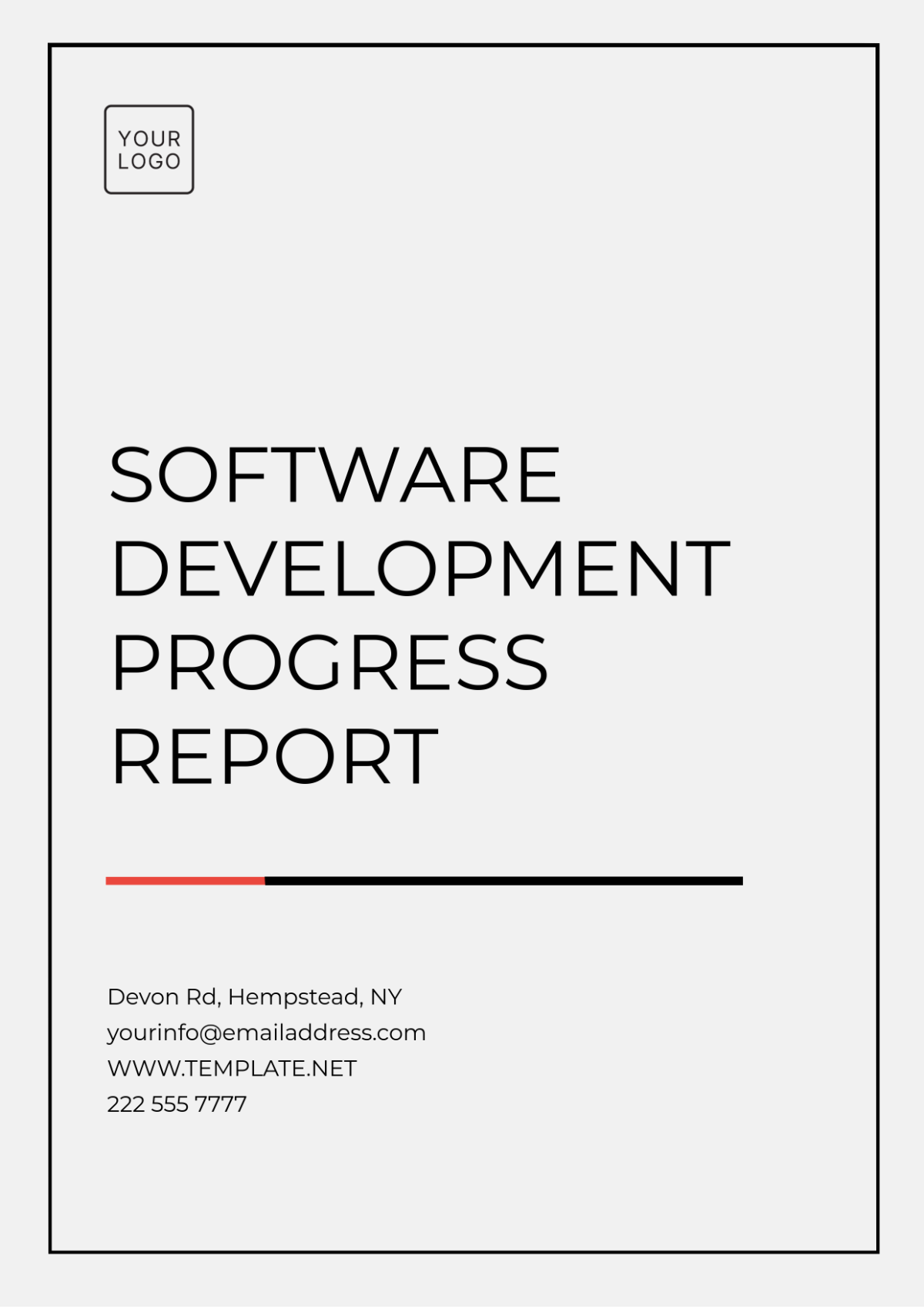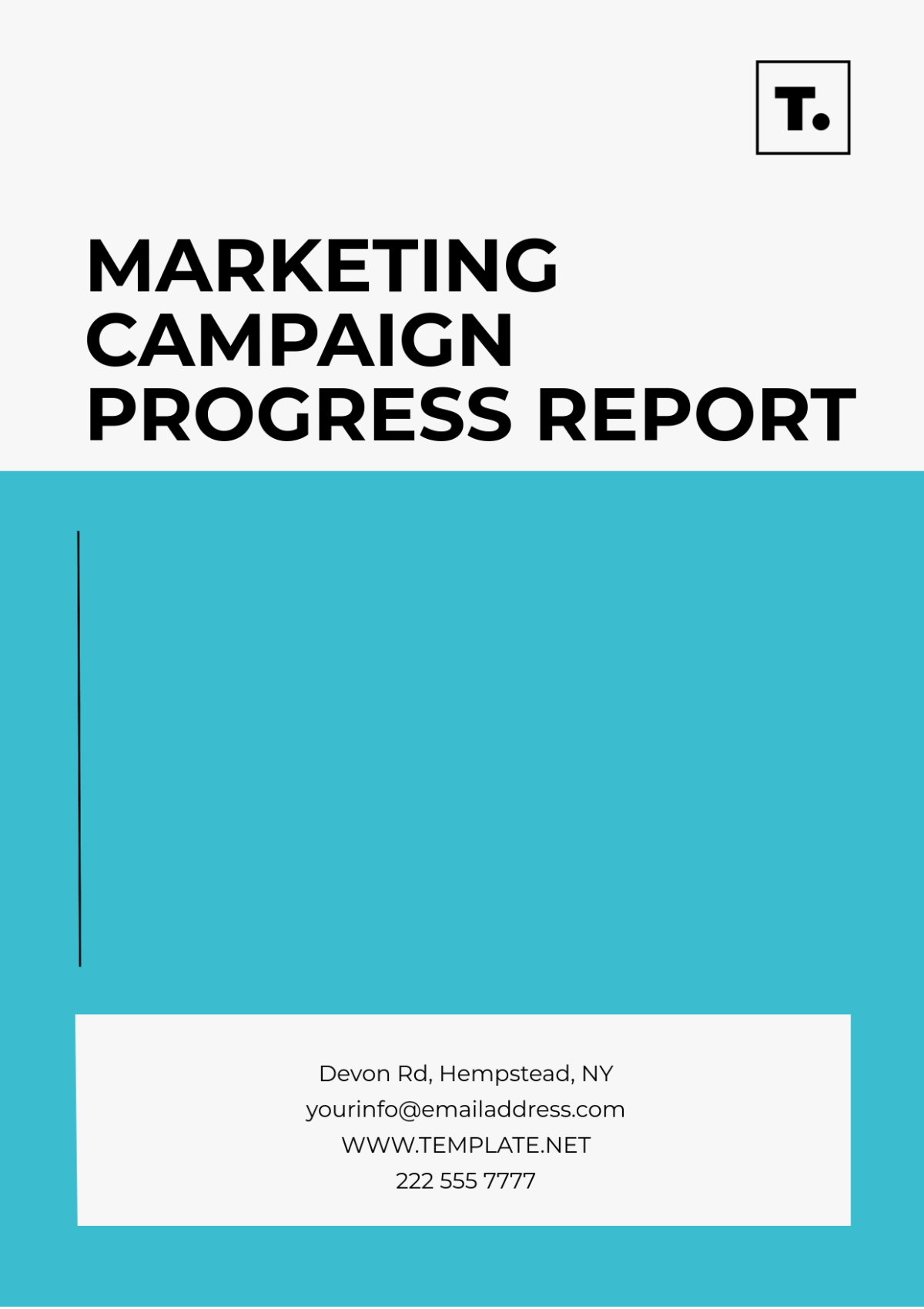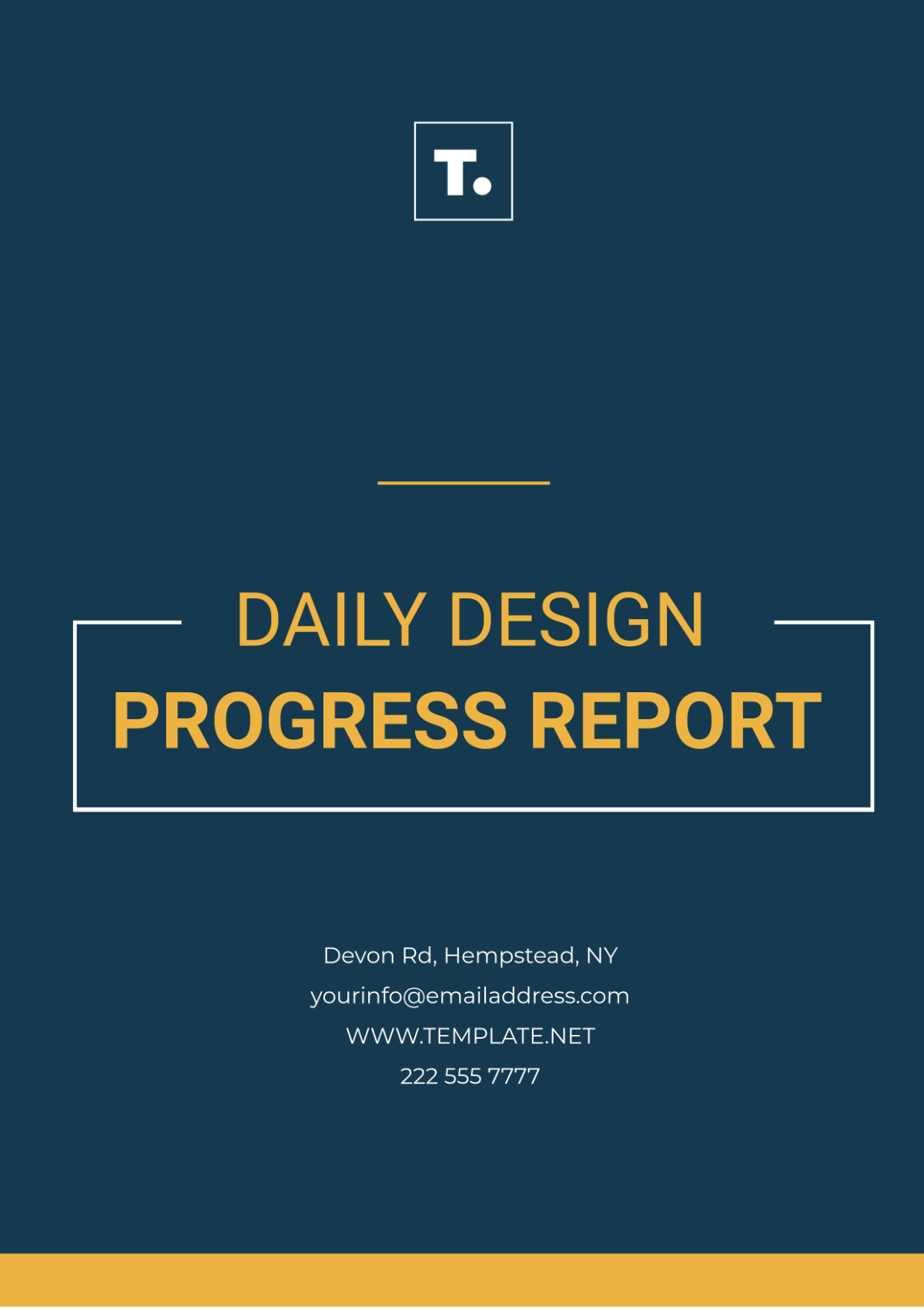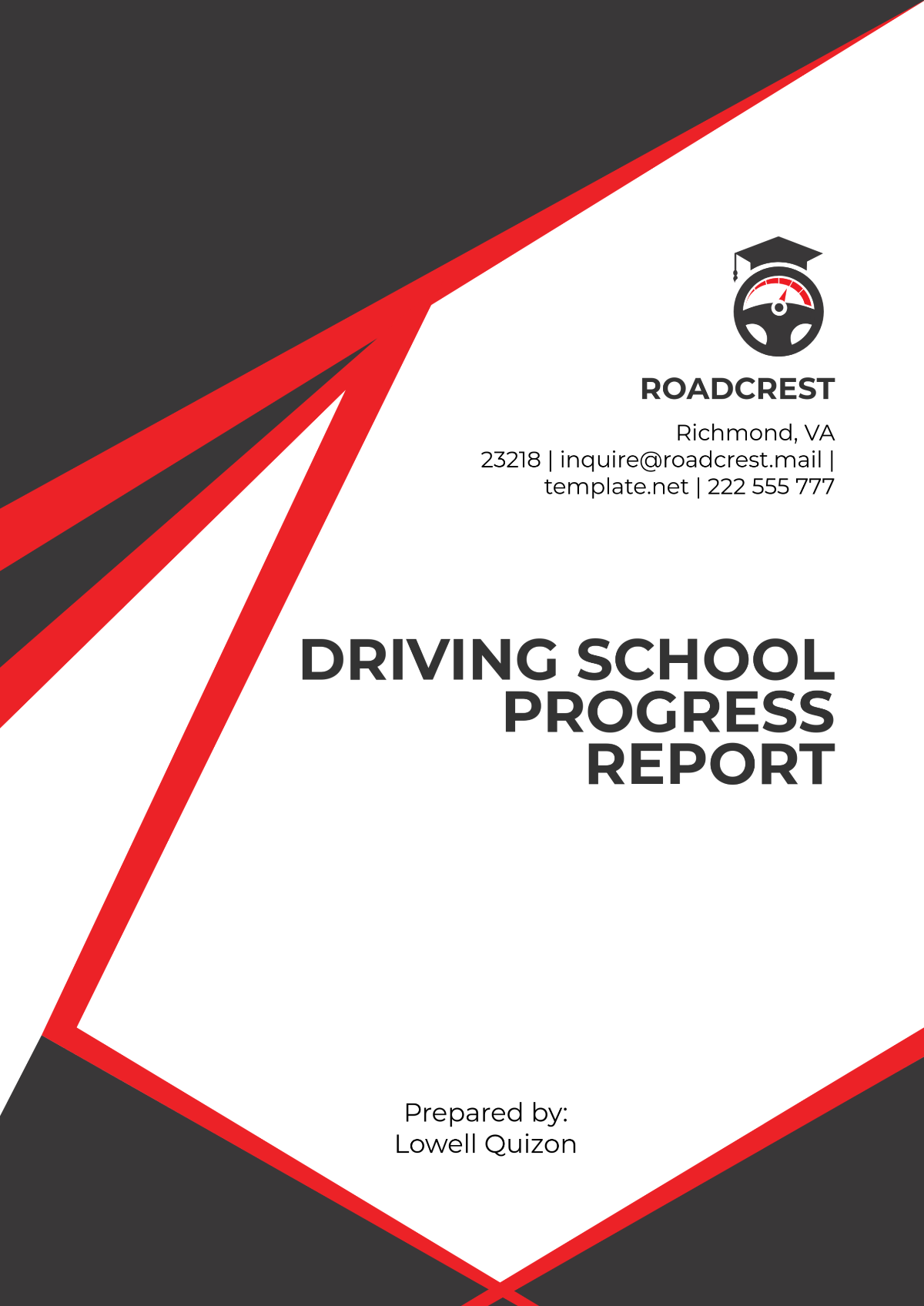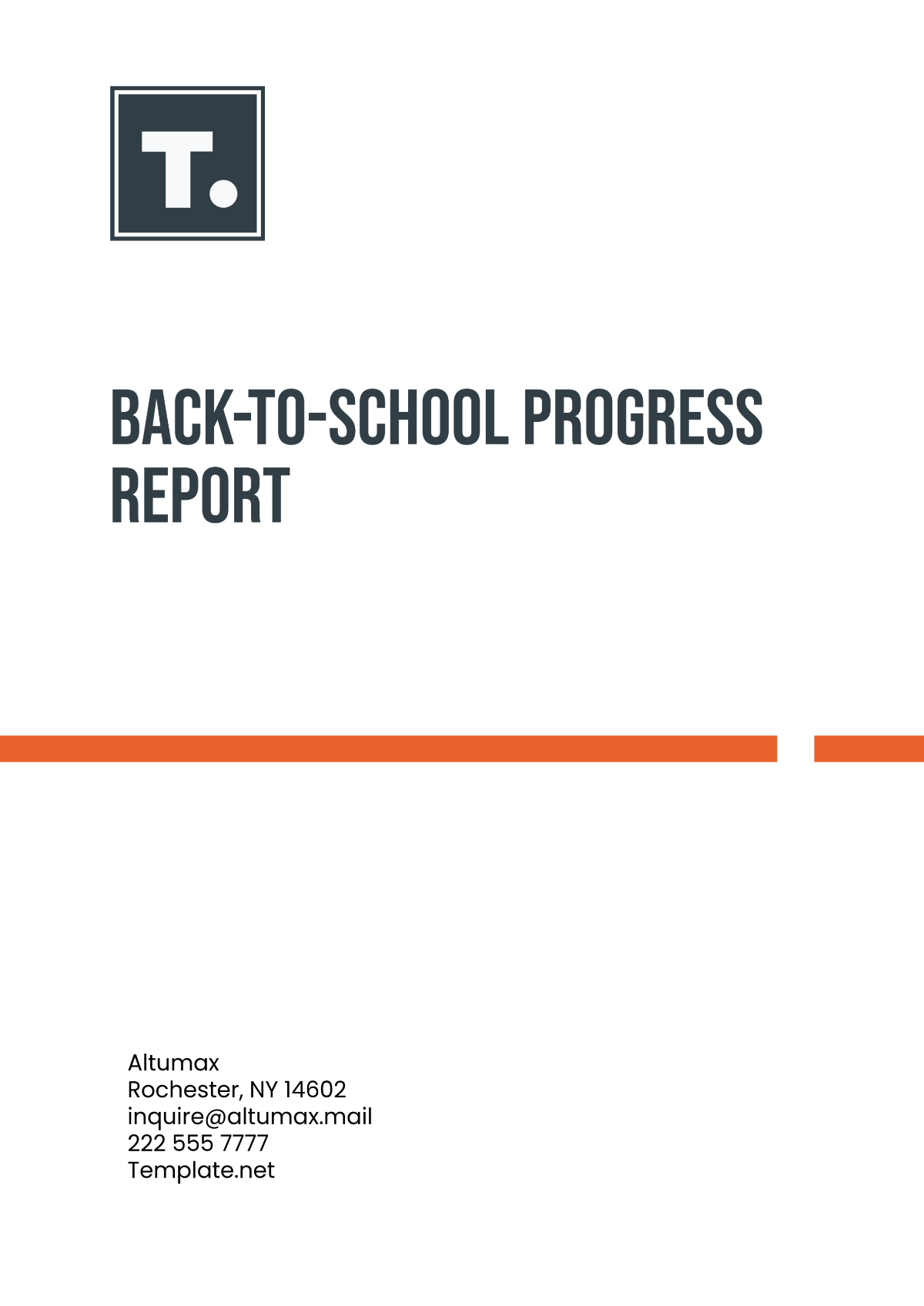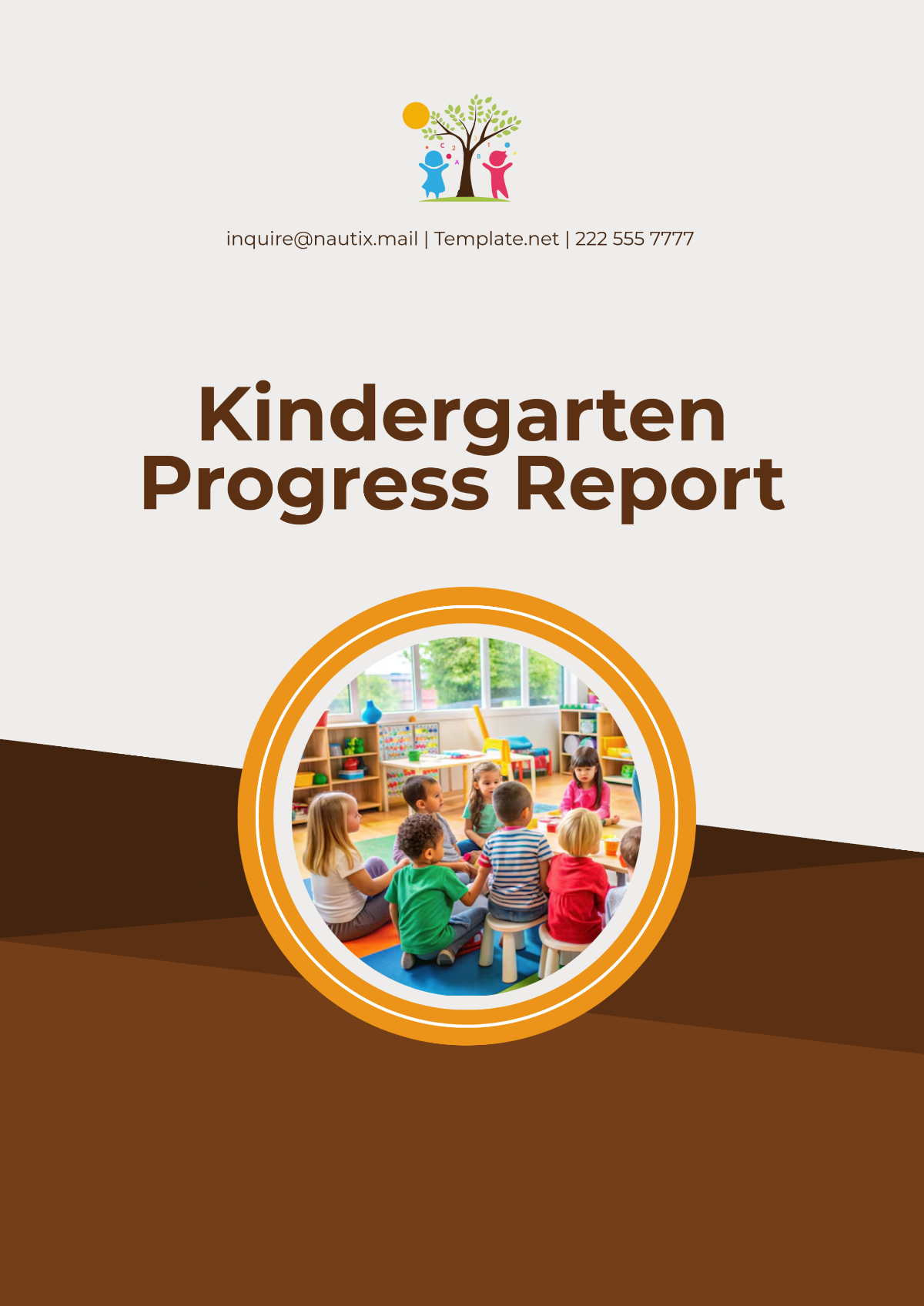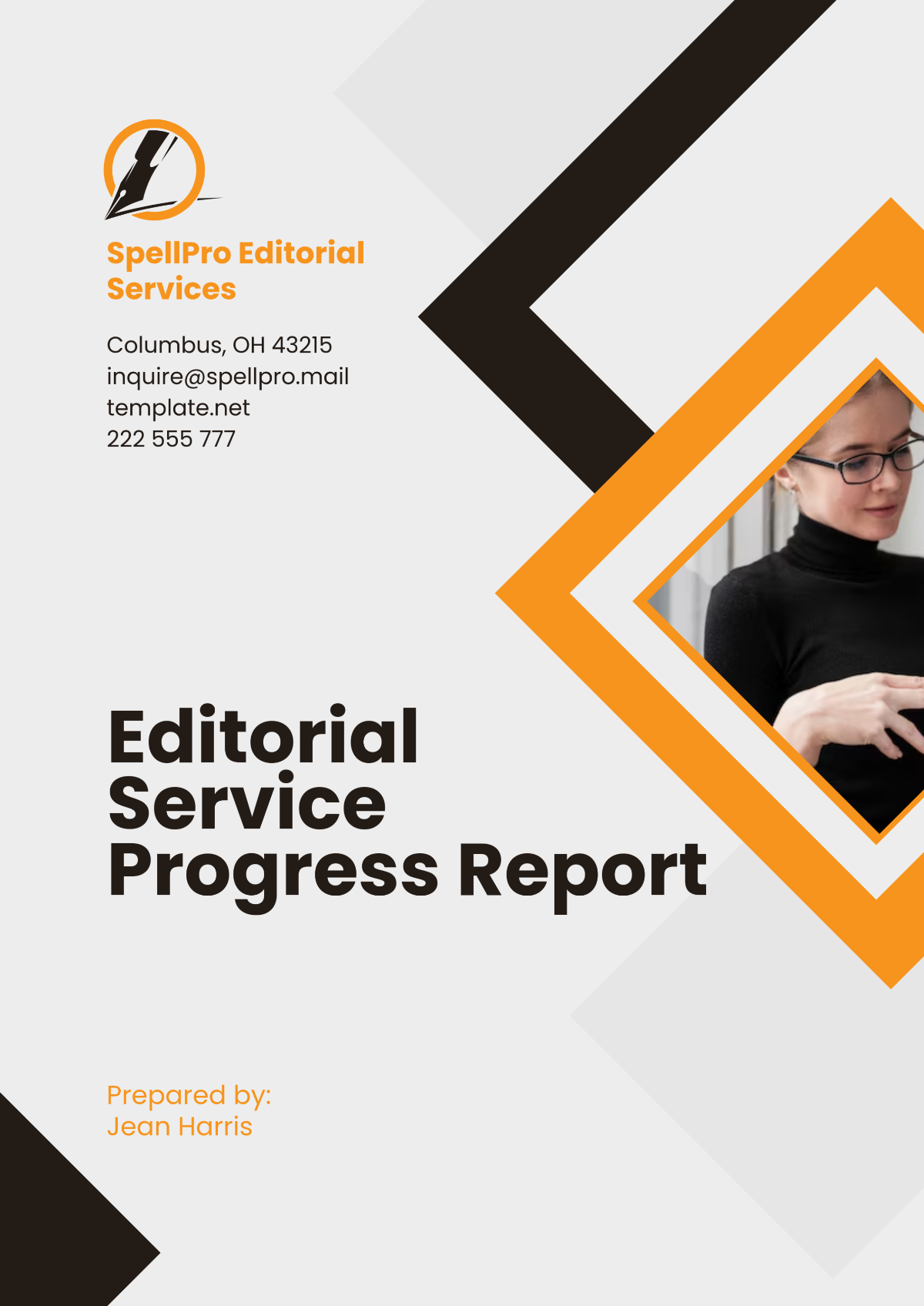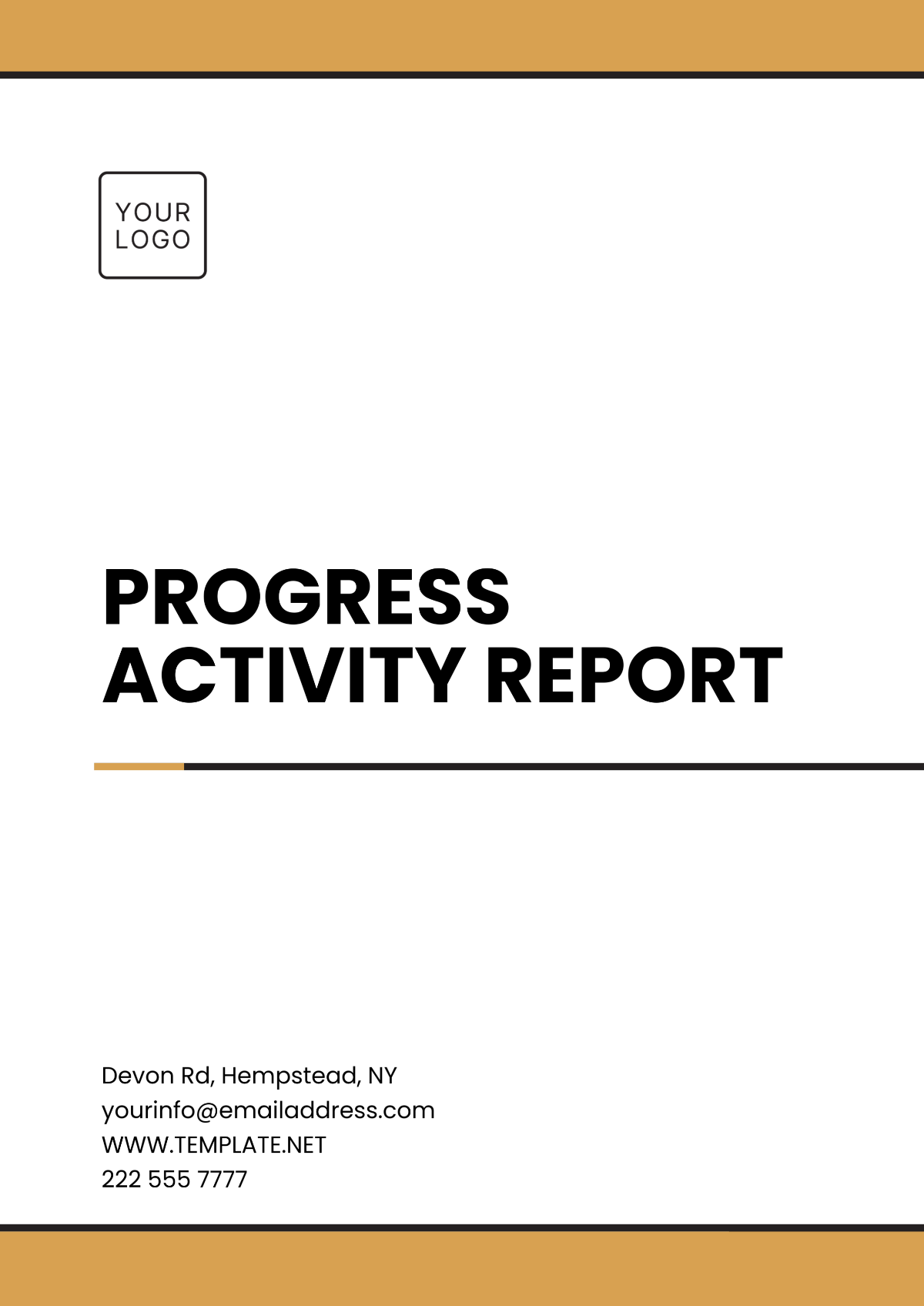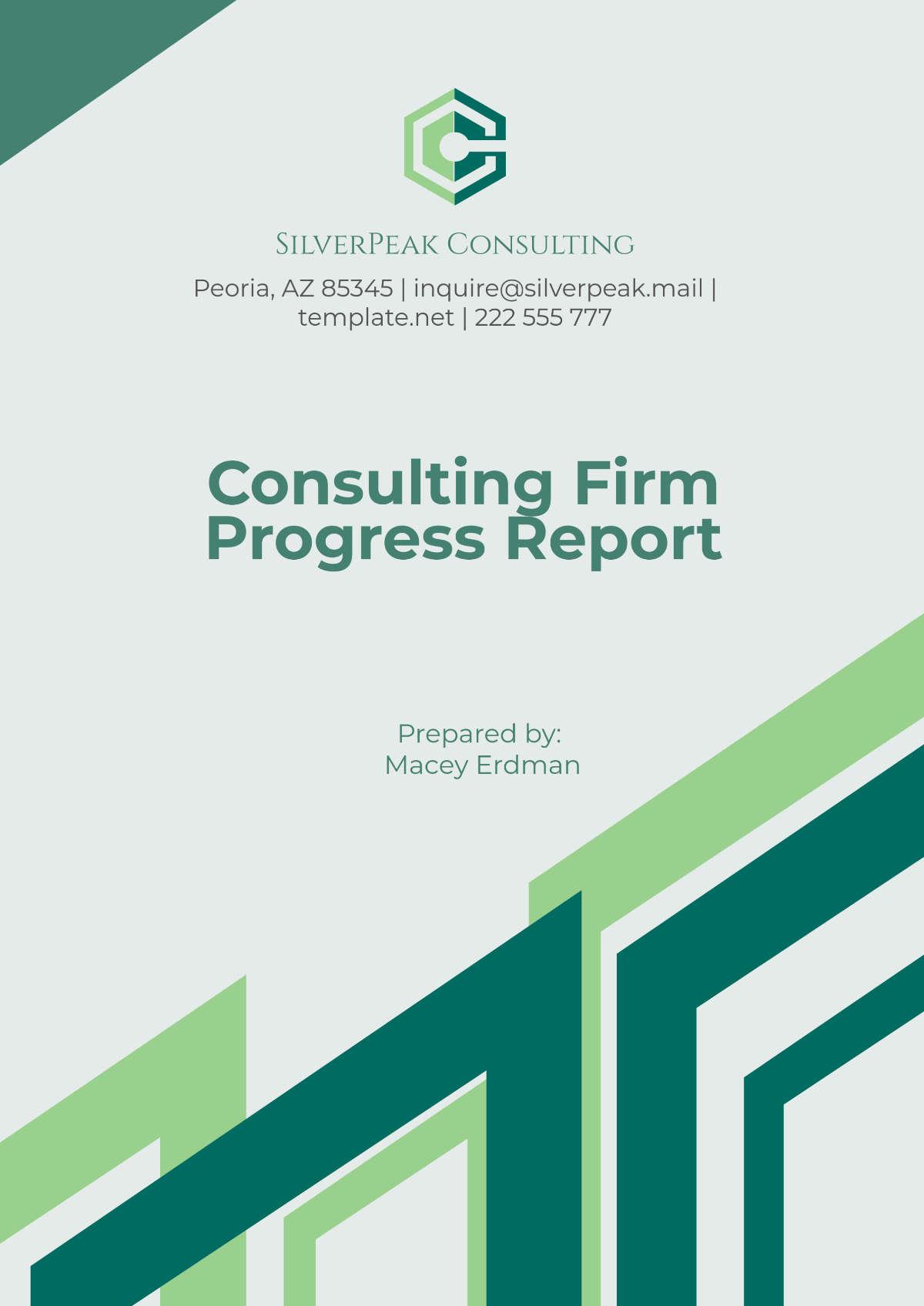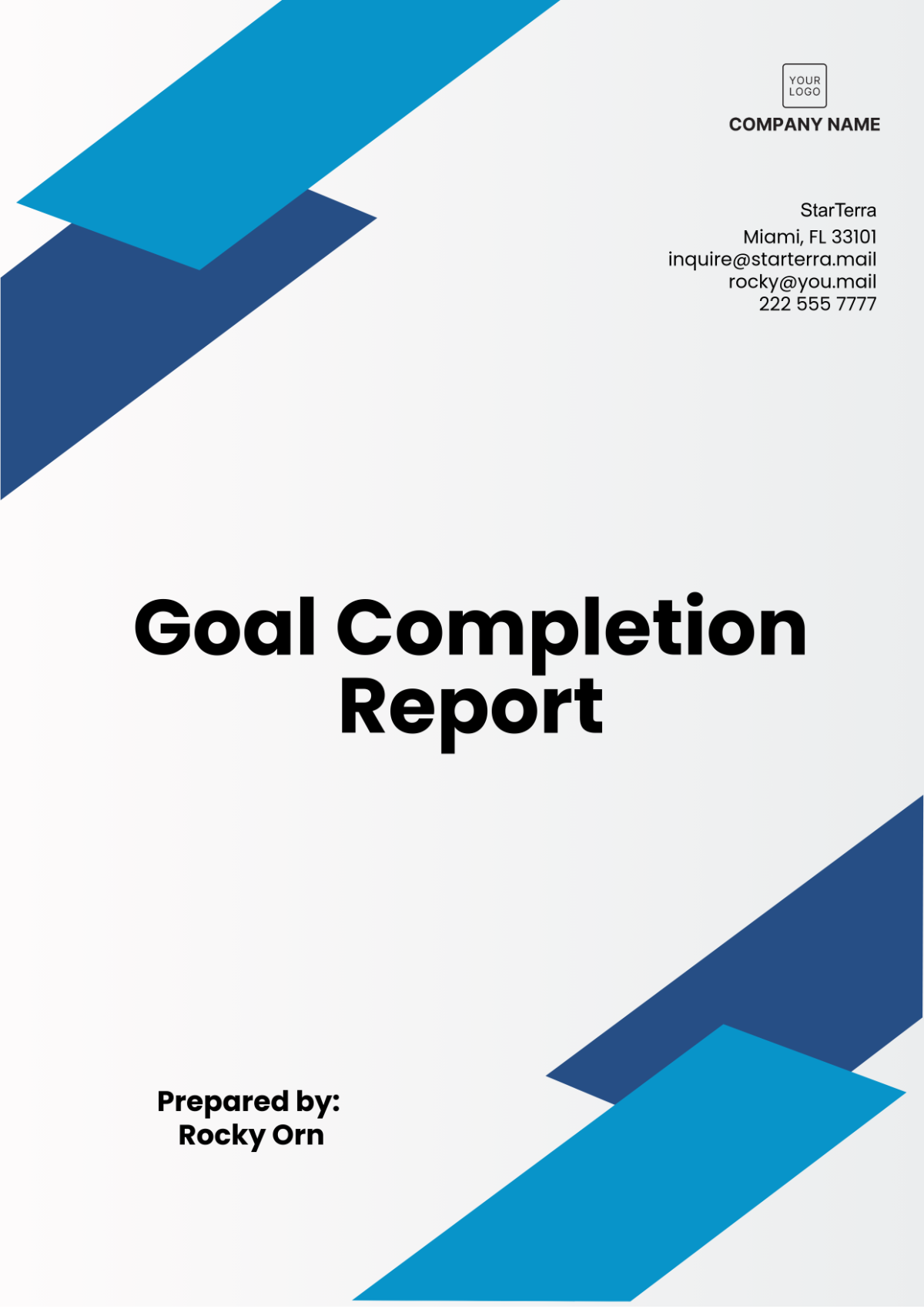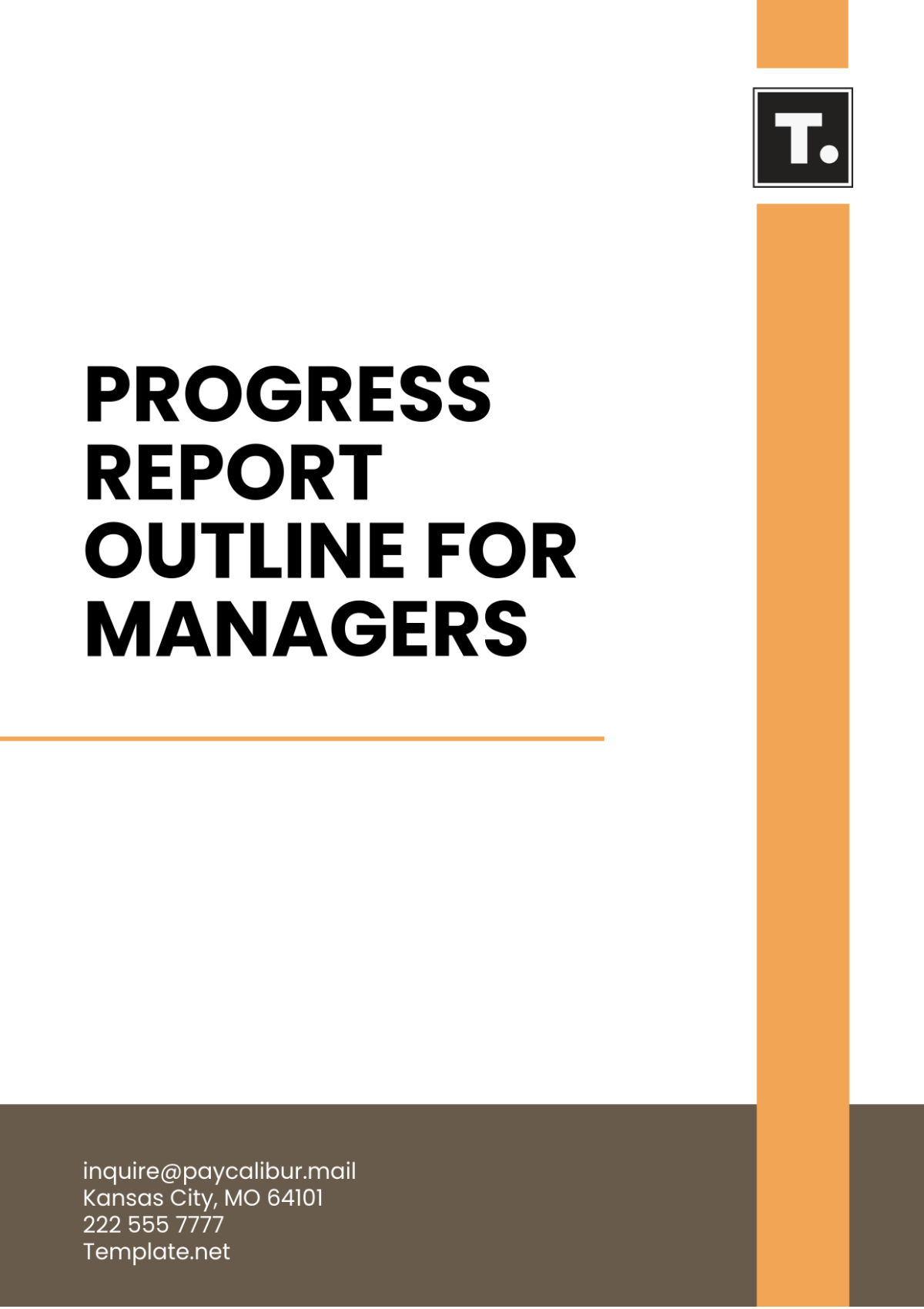Communications Strategy Progress Report
Prepared by | [YOUR NAME] |
|---|---|
Company | [YOUR COMPANY NAME] |
Department | [YOUR DEPARTMENT] |
Report Date | [REPORT DATE] |
I. Introduction
The Communications Strategy Progress Report provides a comprehensive overview of the progress made in implementing the communications strategy for [PROJECT NAME]. This report aims to evaluate the effectiveness of communication efforts and identify areas for improvement to ensure the successful achievement of communication goals.
II. Objectives
The objectives of the communications strategy progress report are as follows:
Assess the effectiveness of current communication initiatives.
Identify strengths and weaknesses in communication channels and tactics.
Recommend adjustments or enhancements to improve communication outcomes.
Ensure alignment with overall project goals and objectives.
III. Key Performance Indicators (KPIs)
A. KPI 1: [KPI NAME]
Target: [TARGET VALUE]
Actual: [ACTUAL VALUE]
Status: [STATUS]
B. KPI 2: [KPI NAME]
Target: [TARGET VALUE]
Actual: [ACTUAL VALUE]
Status: [STATUS]
C. KPI 3: [KPI NAME]
Target: [TARGET VALUE]
Actual: [ACTUAL VALUE]
Status: [STATUS]
IV. Communication Channels Analysis
A. Digital Channels
Website: [ANALYSIS OF WEBSITE TRAFFIC AND ENGAGEMENT]
Social Media: [ANALYSIS OF SOCIAL MEDIA ENGAGEMENT]
Email Newsletter: [ANALYSIS OF EMAIL OPEN RATES]
B. Traditional Channels
Print Media: [ANALYSIS OF PRESS COVERAGE AND READERSHIP]
Events: [ANALYSIS OF EVENT ATTENDANCE, FEEDBACK, AND ENGAGEMENT]
Publications: [ANALYSIS OF PUBLICATION DISTRIBUTION AND RECEPTION]
V. Stakeholder Engagement
A. Internal Stakeholders
Employees: [SUMMARY OF INTERNAL COMMUNICATION INITIATIVES AND EMPLOYEE FEEDBACK]
Leadership: [SUMMARY OF COMMUNICATIONS WITH LEADERSHIP TEAM AND RESPONSES]
B. External Stakeholders
Customers: [SUMMARY OF CUSTOMER COMMUNICATIONS AND FEEDBACK]
Partners: [SUMMARY OF PARTNER ENGAGEMENT AND COLLABORATION]
VI. Findings and Analysis
A. Successes
[LIST OF COMMUNICATION INITIATIVES THAT HAVE BEEN SUCCESSFUL]
[ANALYSIS OF FACTORS CONTRIBUTING TO SUCCESS]
B. Challenges
[LIST OF CHALLENGES ENCOUNTERED IN COMMUNICATION EFFORTS]
[ANALYSIS OF REASONS FOR CHALLENGES AND POTENTIAL SOLUTIONS]
VII. Recommendations
Recommendations to Enhance Communication Strategy:
Diversify Communication Channels: Explore additional digital platforms and traditional channels to reach a broader audience demographic effectively. Consider incorporating emerging platforms or technologies to stay ahead of communication trends.
Tailor Messaging for Target Audiences: Develop customized messaging for different stakeholder groups to ensure relevance and resonance. Conduct audience segmentation analysis to better understand the specific needs and preferences of each target audience.
Increase Content Personalization: Implement personalized communication approaches to enhance engagement and foster stronger connections with stakeholders. Utilize data analytics and customer insights to deliver content that is tailored to individual interests and preferences.
Improve Internal Communication Processes: Streamline internal communication workflows to facilitate better collaboration and information sharing among team members. Invest in communication tools and platforms that enable seamless communication across departments and locations.
Strategies to Address Challenges and Improve Outcomes:
Address Communication Gaps: Identify and address any existing communication gaps or breakdowns within the organization. Establish clear communication protocols and channels to ensure that information flows smoothly and efficiently across all levels.
Provide Ongoing Training and Development: Offer regular training sessions and workshops to enhance employees' communication skills and knowledge. Equip staff members with the necessary tools and resources to effectively communicate key messages internally and externally.
Monitor and Evaluate Performance Continuously: Implement a robust monitoring and evaluation system to track the effectiveness of communication efforts continuously. Regularly review key performance indicators and metrics to identify areas for improvement and make data-driven decisions.
Seek Feedback and Adaptation: Encourage feedback from stakeholders and actively solicit their input on communication initiatives. Use feedback mechanisms such as surveys, focus groups, and feedback forms to gather insights and make necessary adjustments to communication strategies.
VIII. Conclusion
In conclusion, the Communications Strategy Progress Report provides valuable insights into the effectiveness of communication efforts for [PROJECT NAME]. By assessing key performance indicators, analyzing communication channels, and evaluating stakeholder engagement, this report serves as a guide for optimizing communication strategies to achieve project objectives successfully.

